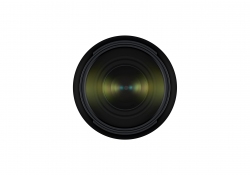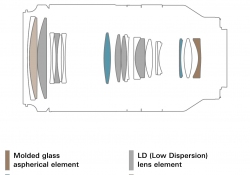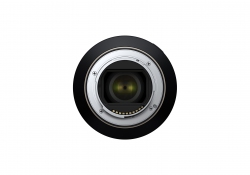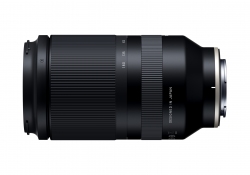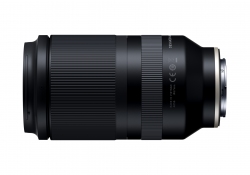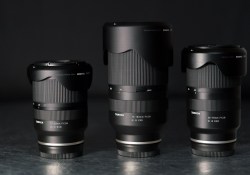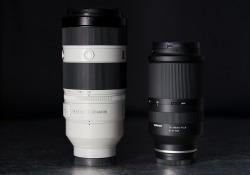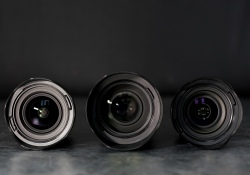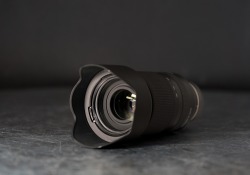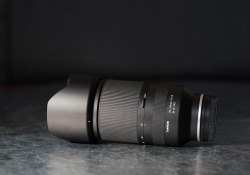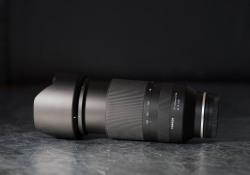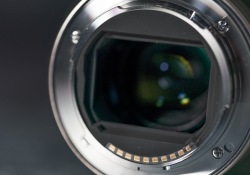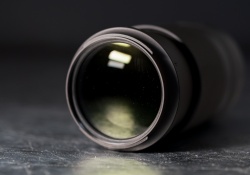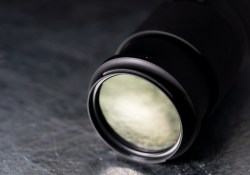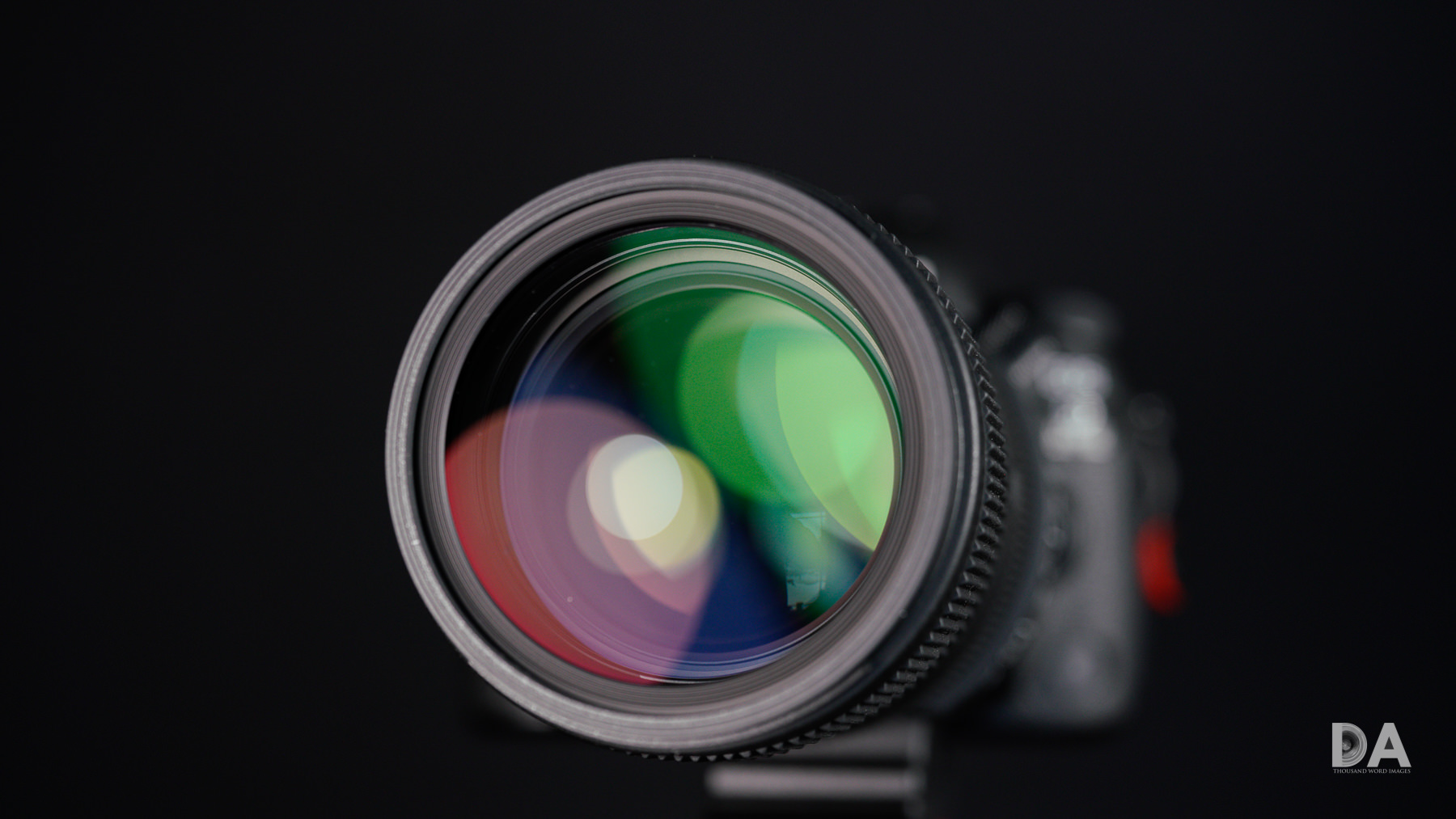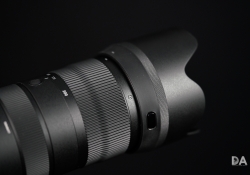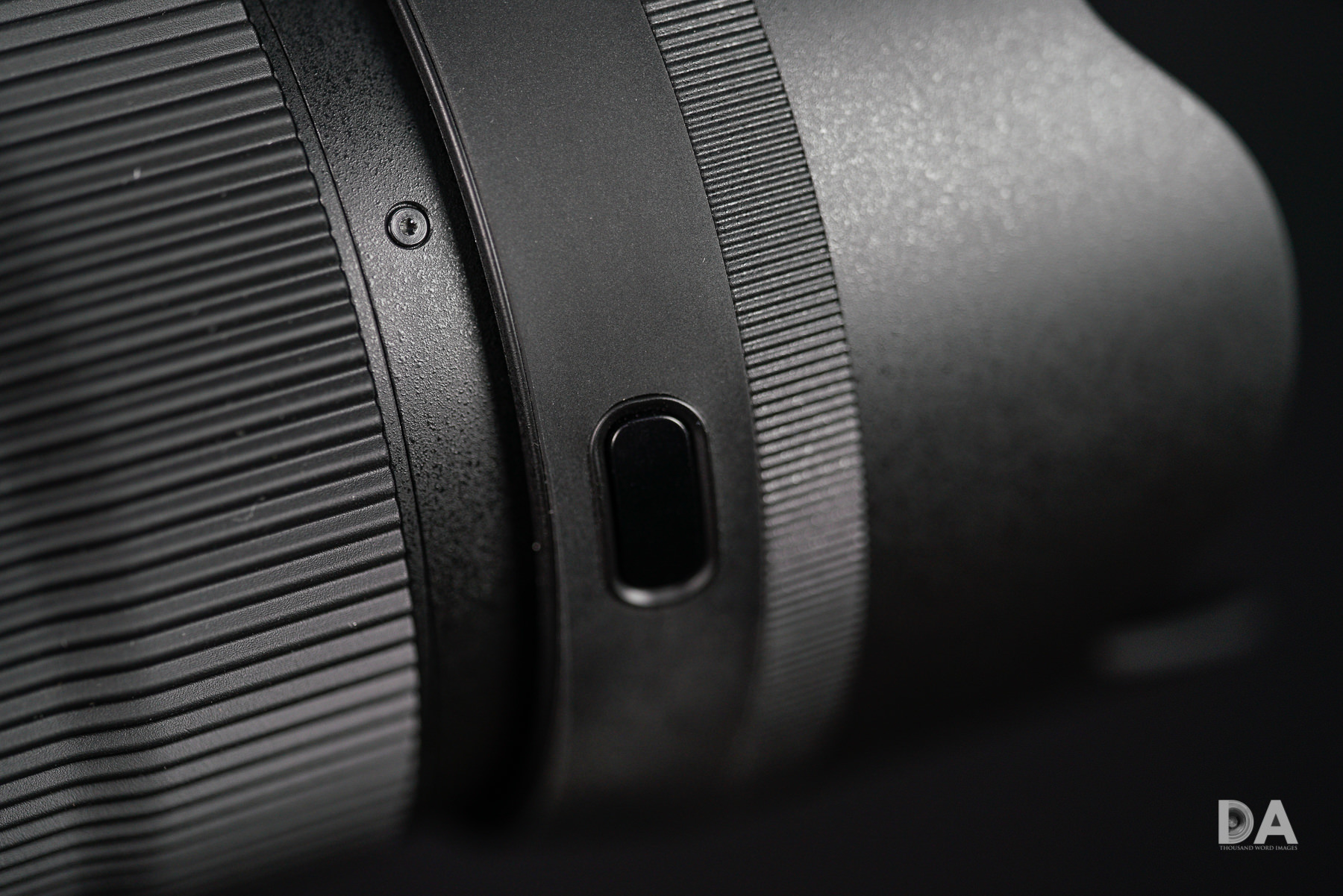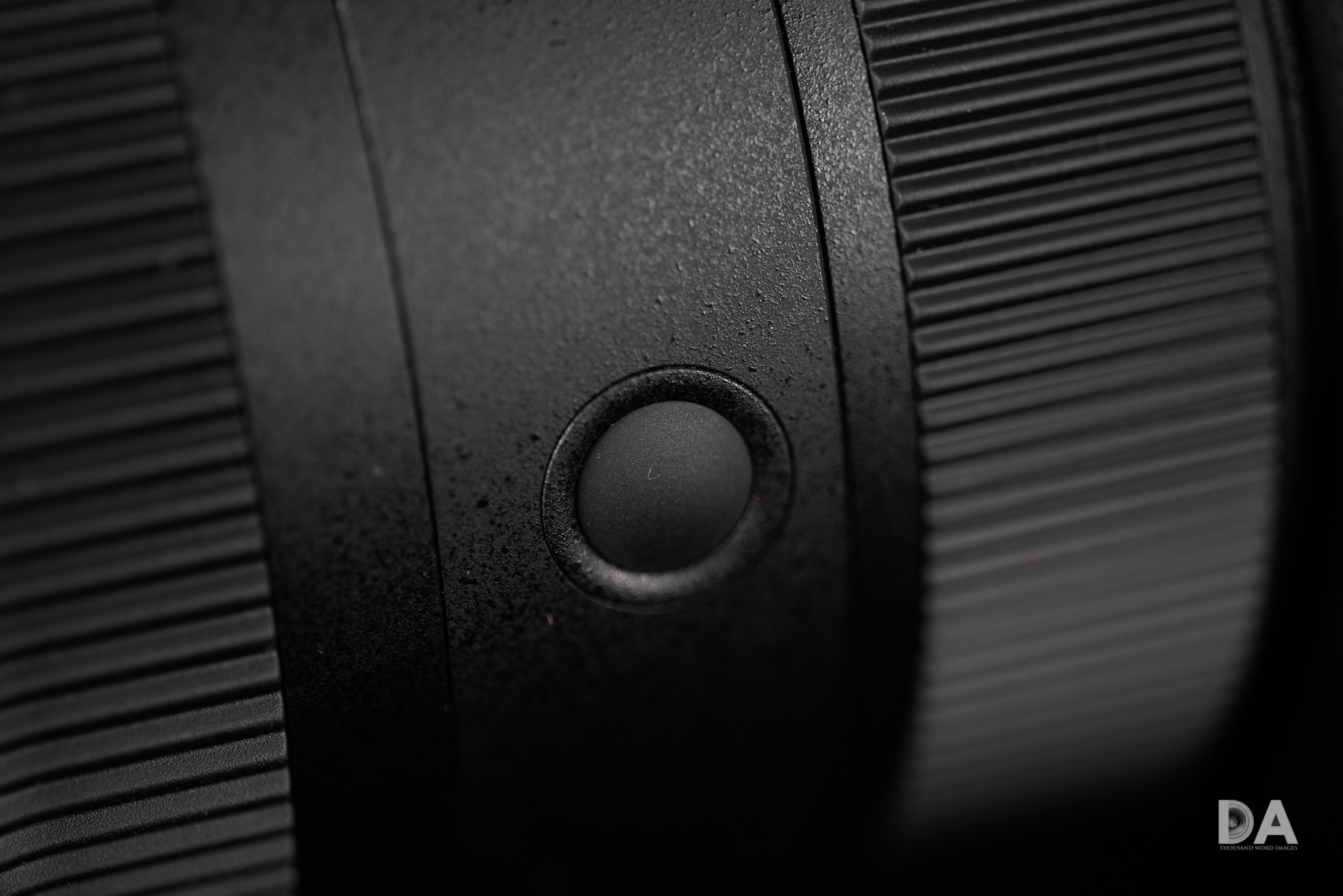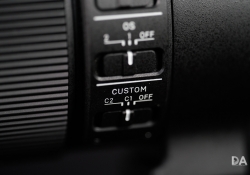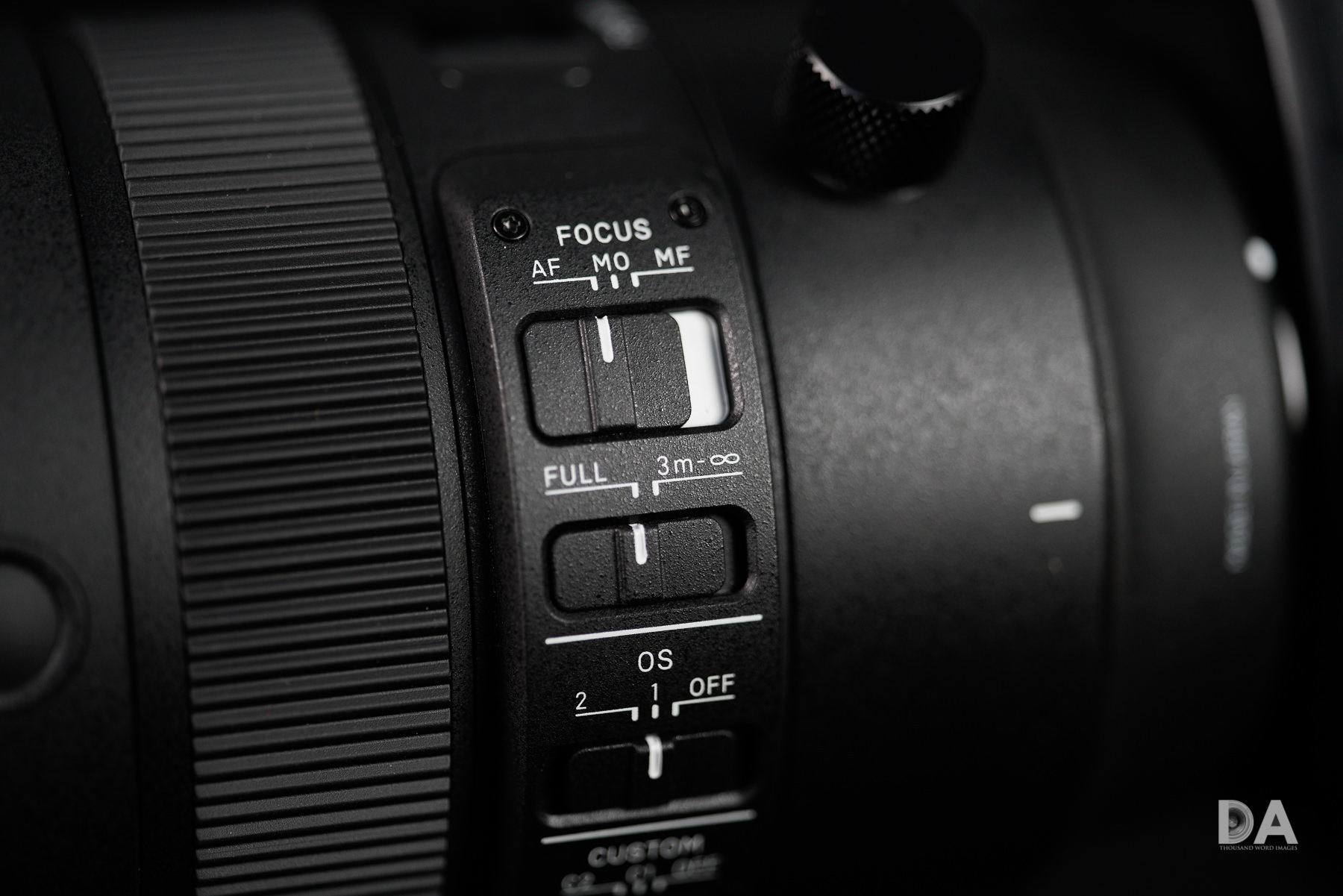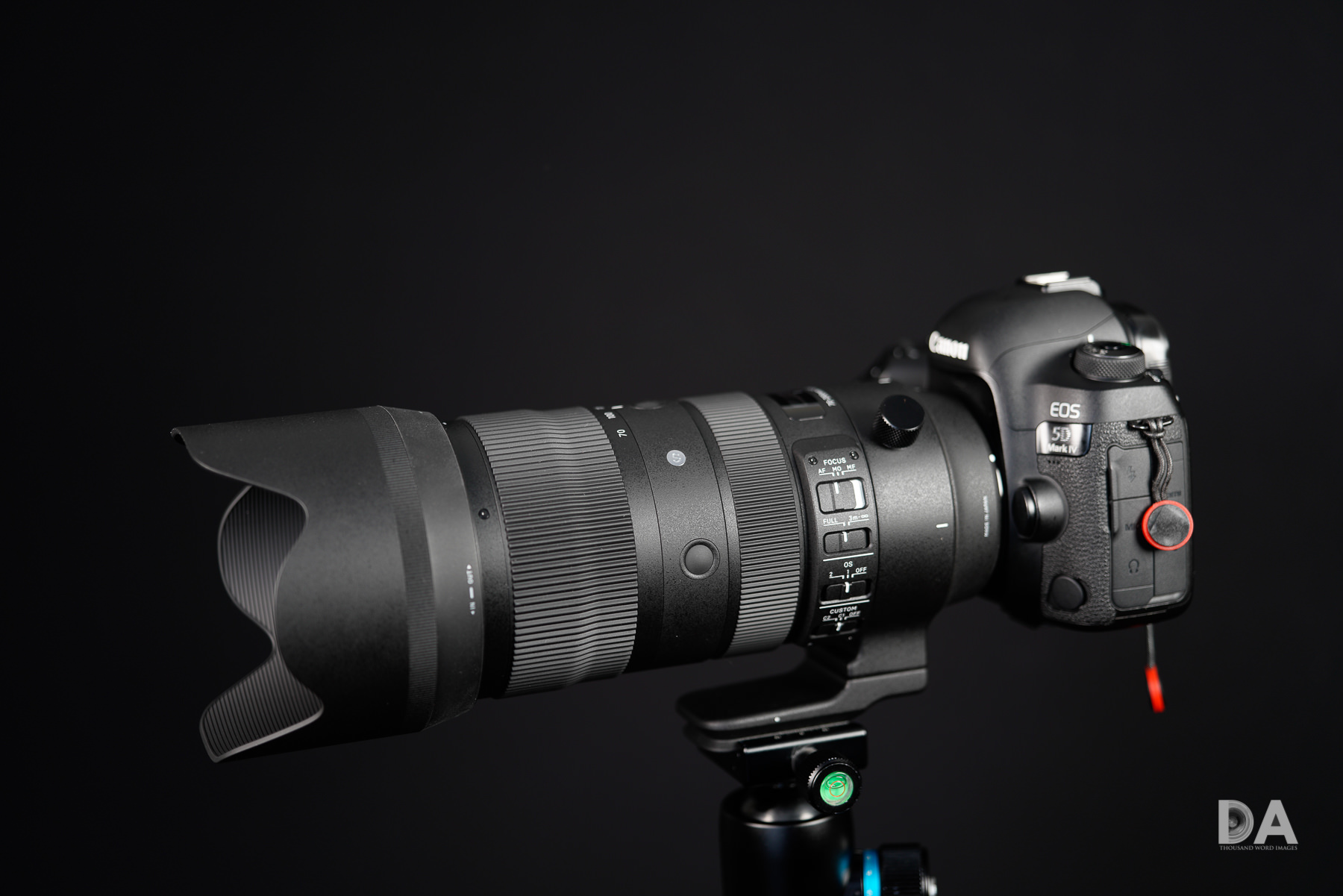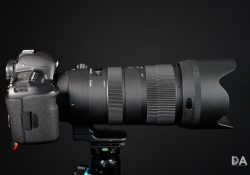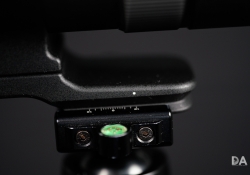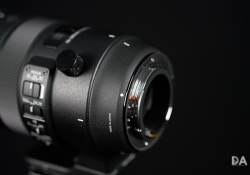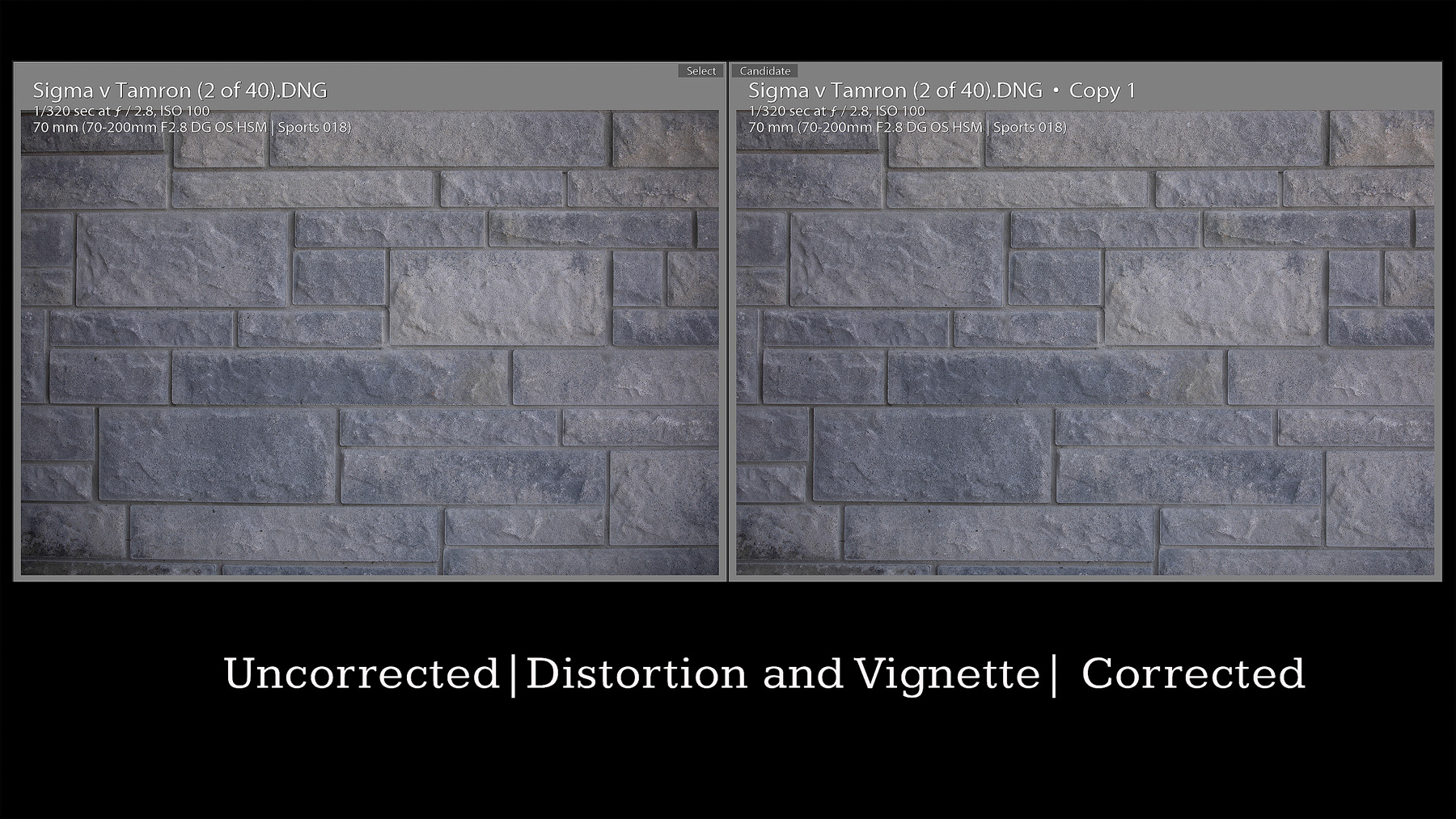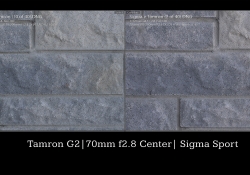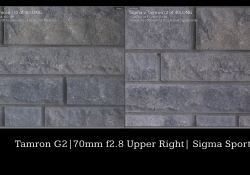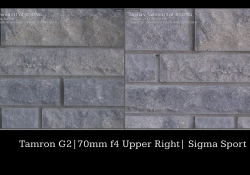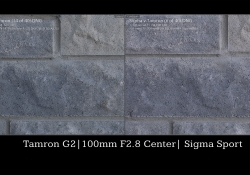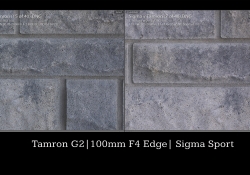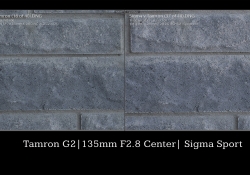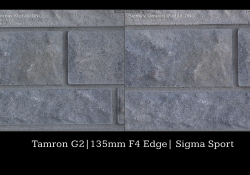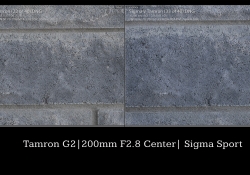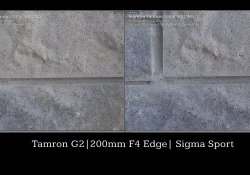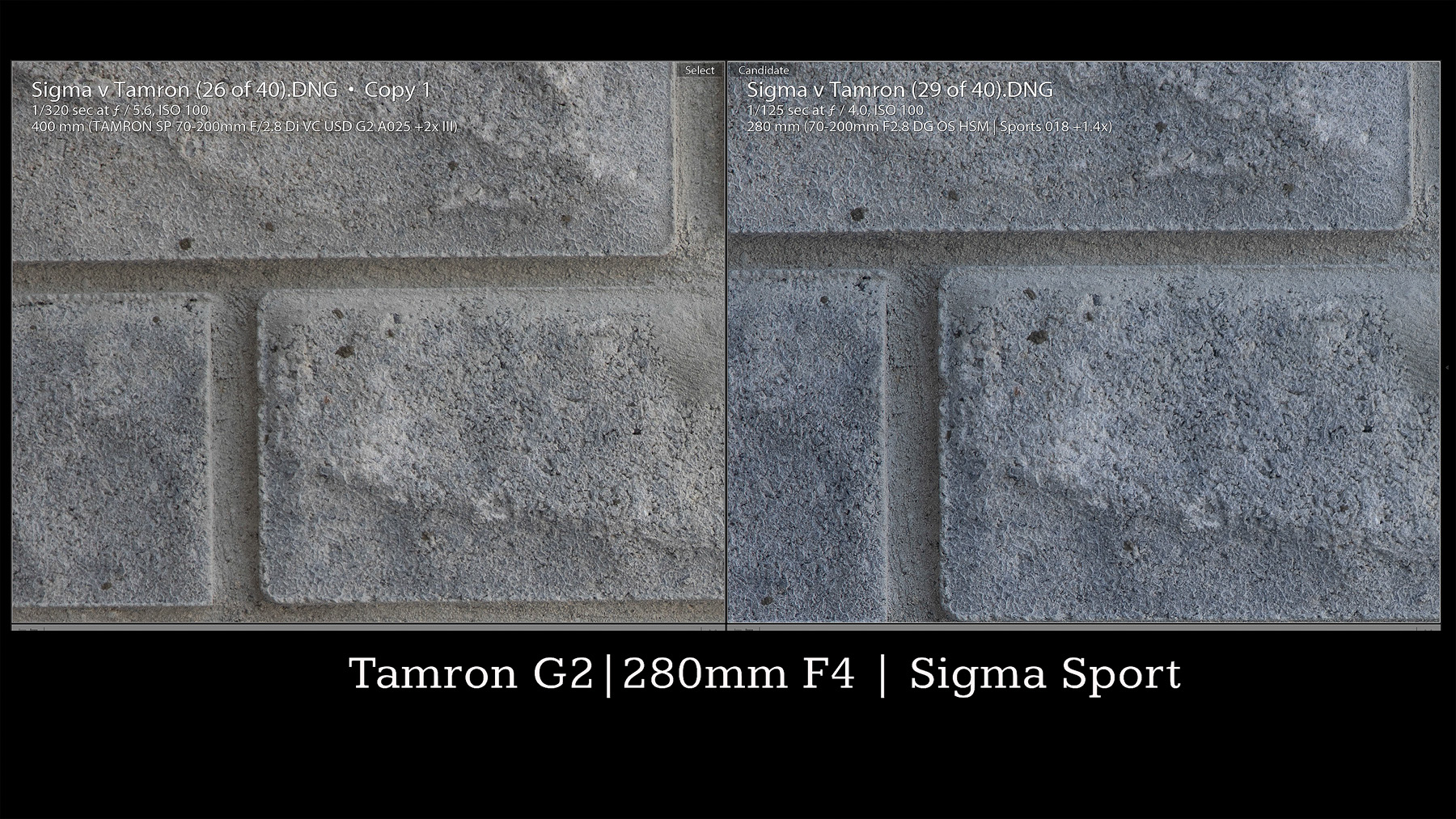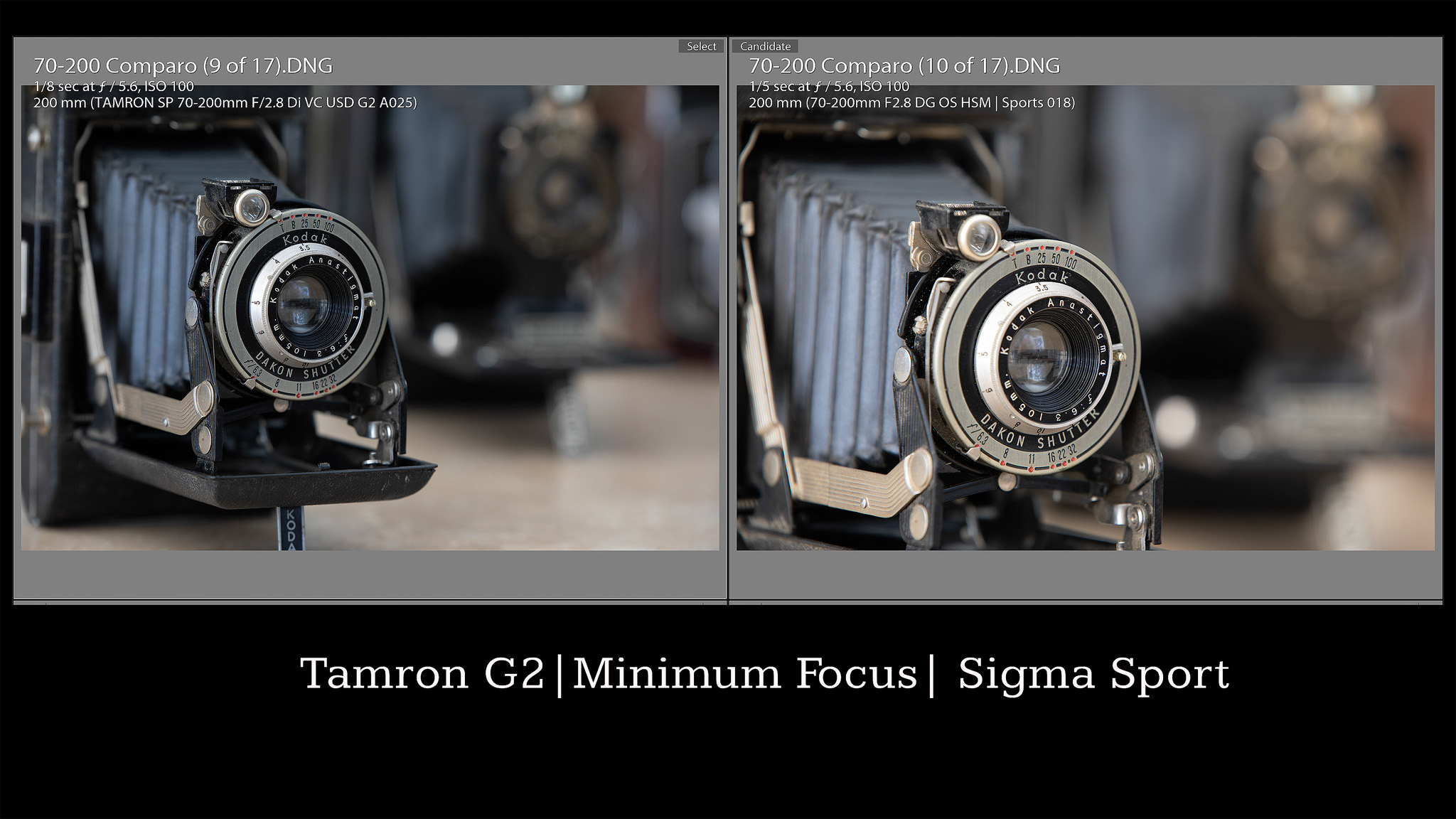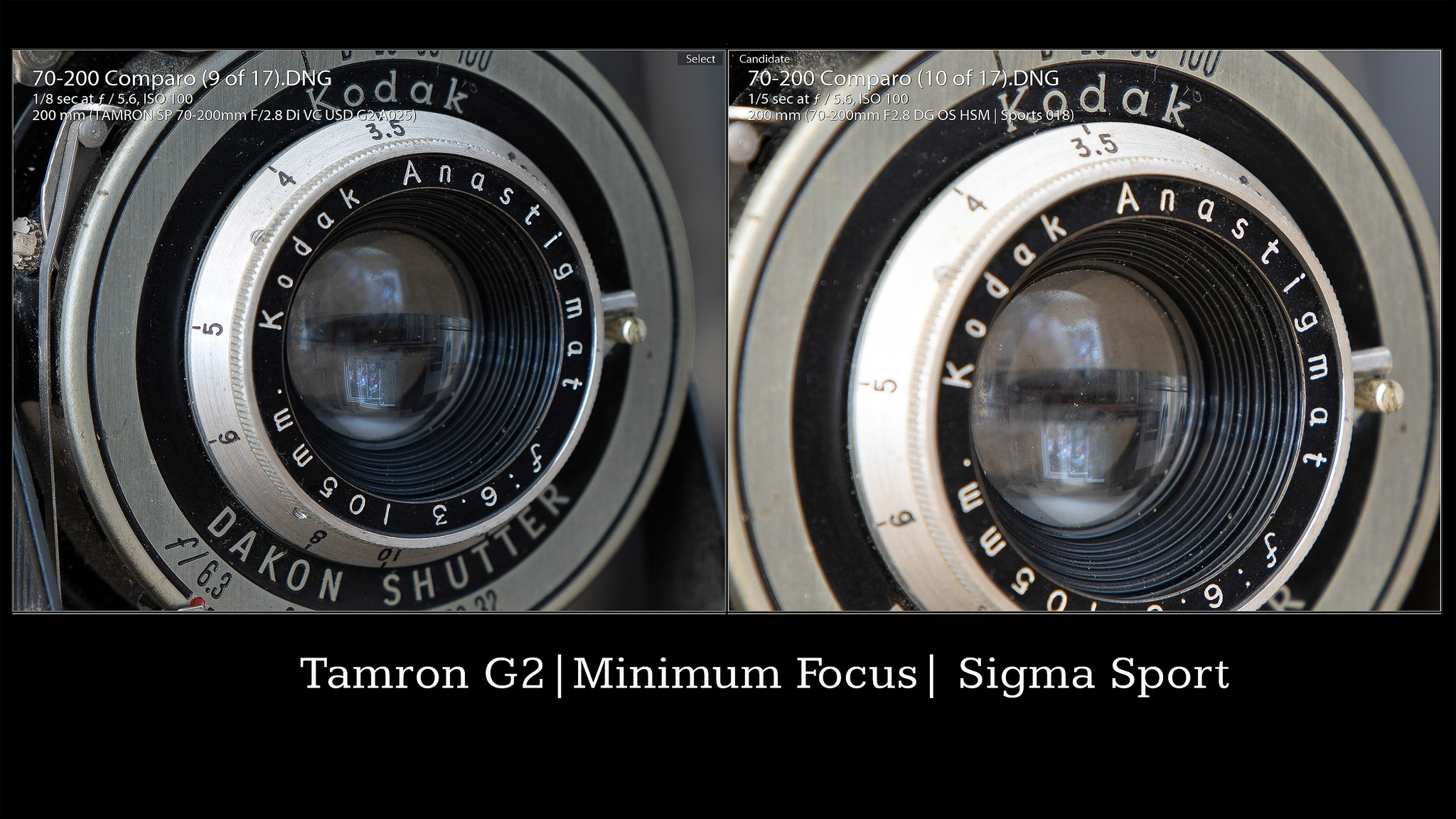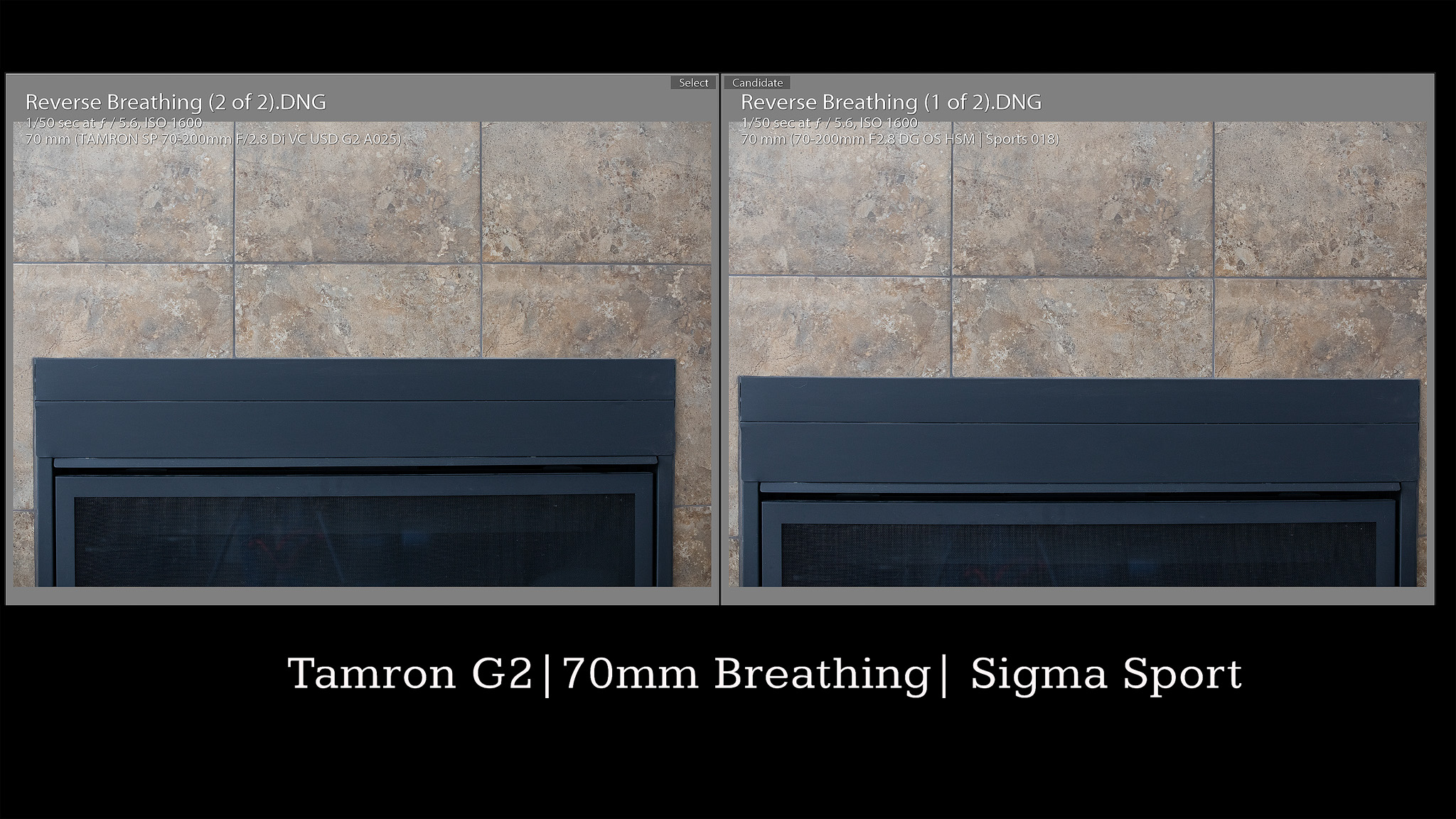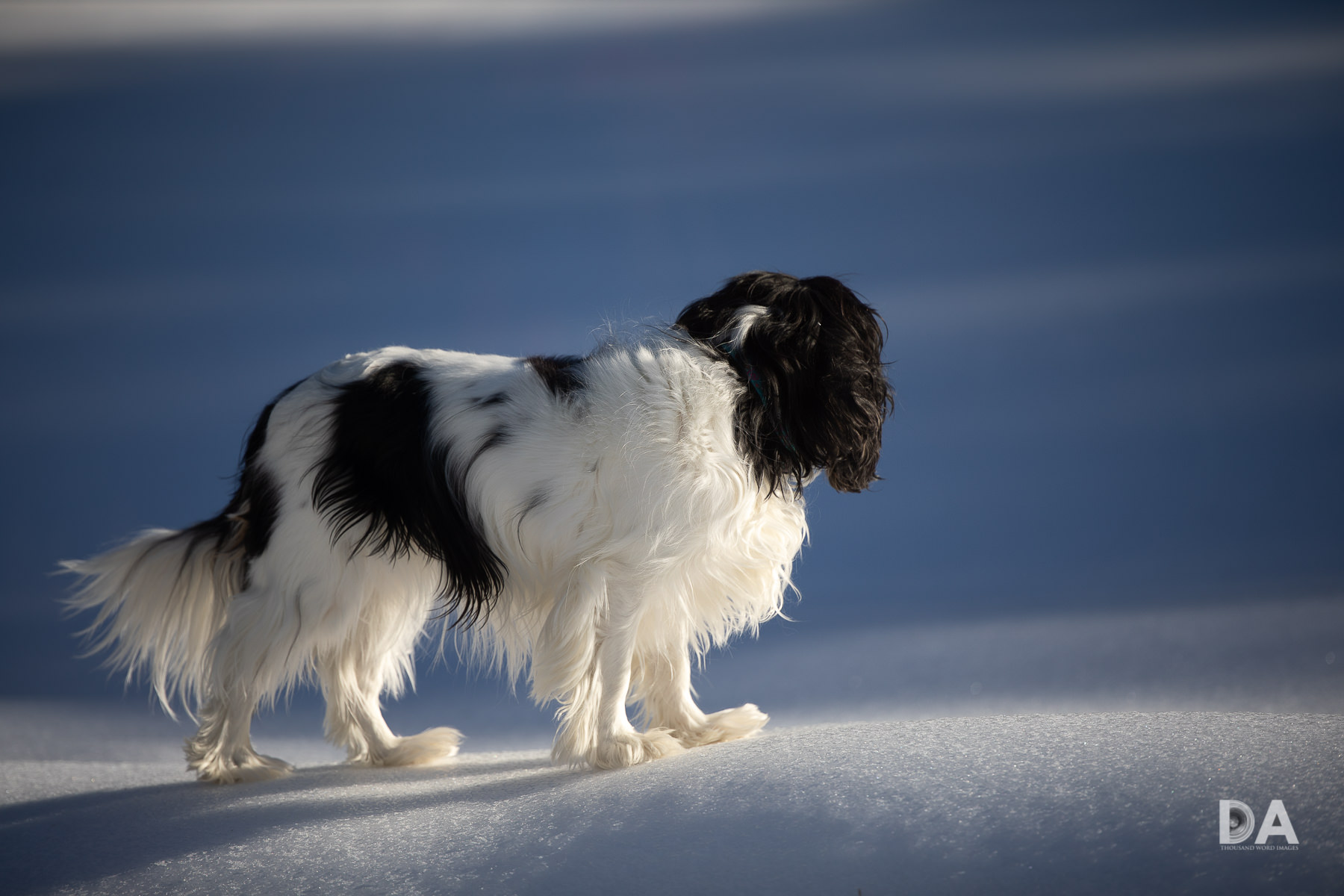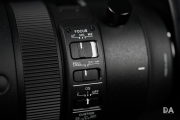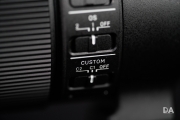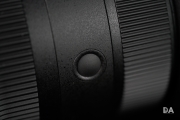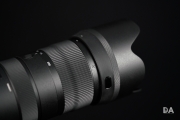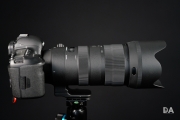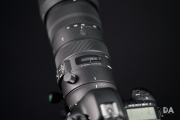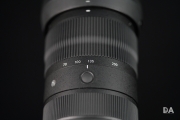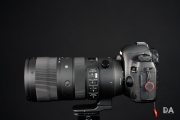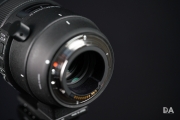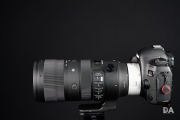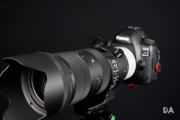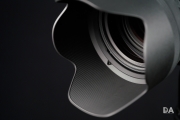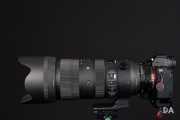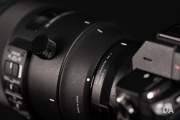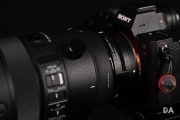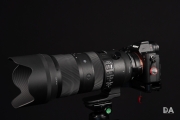Tamron 70-180mm F2.8 VXD (A056) Review
Dustin Abbott
April 27th, 2020
The Tamron 70-180mm F2.8 VXD is one of the most highly anticipated lenses of 2020…and that became clear from the moment that it was announced. Tamron has taken a different approach to its fast zooms on Sony. Sony’s own zooms are feature rich and high performing, but they are also at the top end of the class (across platforms) for price, size, and weight. So far Sigma’s fast zooms are similar, save that they are much more moderately priced. Tamron’s approach has been to reduce the complexity of the lenses (compressed focal lengths, i.e. 28-75mm rather than 24-70mm, 17-28mm vs 16-35mm, and, in this case, 70-180mm vs 70-200mm) and to deliver a stripped down feature set (no external switches or buttons, no aperture ring, etc…). By doing this, they have been able to deliver smaller, lighter, and cheaper lenses that still deliver extremely competitive image quality. And so far it has worked. The 28-75mm (my review here) became the best selling lens in the world for the year after it was introduced, and the 17-28mm (my review here) has also been extremely popular. The 70-180mm VXD (which we will refer to by its internal code A056 for brevity) looks to continue that approach.
In some ways, however, the A056 delivers on this premise in the most dramatic way. The Sony 70-200mm F2.8 G Master lens is 200mm long and weighs 1480g. It costs nearly $2600 USD. The Tamron, by comparison, is only 149mm long and weighs 810g…and costs only $1199! Sigma has not yet released their own 70-200mm F2.8 on Sony, but if it follows the trends thus far, I suspect it will be similar in size to the Sony lens but cost dramatically less (I would expect a price around $1399-1499 USD). Tamron is betting that a lens that weighs 58% less, is 30% shorter, and is 74% cheaper will be the kind of formula that will appeal to a LOT of photographers. I think they are probably right from what I can gauge of the early response of photographers in various communities. While I don’t have the Sony 70-200 GM on hand, I did happen to have the 100-400 GM on hand at the same time. That lens is 12mm wider in diameter and is 5mm longer than the 70-200GM (though it actually weighs less), but it is virtually the same size as the 70-200GM. Here’s how much larger it looks compared to the Tamron A056.
That’s obviously a pretty dramatic difference, and it makes a huge difference in how you handle and use the lens. A typical 70-200mm F2.8 requires a different mindset to using it. It is heavy and large, and for many people it brings fatigue sooner than later. I am personally quite fit, but after a day of shooting a wedding, I am physically (and mentally) exhausted. The vastly reduced weight and smaller size of the lens allow one to use the lens more like a typical lens while still getting the kinds of shots (and the look of shots) that we typically associate with a 70-200mm F2.8.
So on paper the A056 is at the least an intriguing option. But can it deliver the goods optically…and does that new VXD motor bring the speed? That’s what we are here to explore in detail. You can either read on, or choose to watch either the Definitive (long format) or Standard (quicker format) video review:
I want to thank Tamron USA for working to get me an early loaner copy of the lens for review. I’m doing the review on my Sony a7RIII and Sony a9 bodies.
Follow Me @ Patreon | My Newsletter | Instagram | Facebook | Twitter | Flickr | 500px
Tamron 70-180mm F2.8 VXD Build and Handling
As noted, Tamron has chosen the compromise of a more abbreviated focal length in order to achieve a smaller, lighter lens. Here’s a more detailed look at how the A056 compares to other lenses in terms of is specifications.
As I noted in the introduction, Tamron has chosen a fairly stripped down approach to these fast zooms. There are no focus hold buttons, no AF/MF switches, no aperture ring. In many ways it is the AF/MF switch that I miss the most, as that remains the quickest, most logical way to switch between autofocus and manual focus. The focus hold button, while useful, has become less of a priority to me since Sony has introduced full time Eye AF. I do enjoy a manual aperture ring when a lens has one, but I also recognize that many (most) photographers control aperture from camera anyway.
The upside is that Tamron is able to deliver a clean, modern lens with few visual distractions.
I’ll be frank; I appreciate the Sony GM approach with a lot of rich features, but I’m not sure (personally) that I would be willing to pay a significant premium for any of them. Your mileage may vary, obviously, but I will say this: Sony shooters are very spoiled for choice right now. We have the Tamron approach, with great performance in smaller, less expensive packages. We have the Sigma approach, with also-great performance but in more traditional focal lengths and sizes, and at a medium price point (typically about $200-300 more than Tamron equivalent). We have the Sony GM approach, with premium lenses and premium performances at a premium price. In the past few years we have quickly seen the full frame mirrorless space on Sony become saturated with just about as much choice as Canon and Nikon had in DSLRs after decades with their current EF and F mounts. Nice!
The one external features (outside of the zoom and manual focus rings) is a zoom lock. That is present because, unlike most 70-200mm lenses, the A056 is not actually an internally zooming lens. The barrel does extend a bit when zooming out, though the overall length never quite reaches that of a typical 70-200mm. Here’s a look at that extension.
Fortunately the zoom action is actually as smooth as an internally zooming lens, with no sticking points or roughness to the zoom action. There is no wobble in the barrel extension, either. There is little to complain about here, particularly because that bit of external zoom saves us in overall length of the lens (a big deal!) and also probably helps with a secondary issue that plagued the Tamron 70-200mm F2.8 G2 lens. That lens (and the previous SP 70-200mm F2.8 from Tamron) suffered from a lot of “focus breathing” that resulted in the lens behaving as if the focal length was shorter than 200mm at closer focus distances. That lens could focus down to 3.12′ (95cm) and had a rather poor 0.16x, though even that was an improvement on the worse still 0.125x of the previous gen G1 lens. We’ve got a big improvement here, with a closer still minimum focus distances of 2.8′ (85cm) and a much better magnification of nearly 0.22x. This actually better the Canon EF 70-200mm F2.8L III (0.21x) but doesn’t match the 0.25x of the Sony 70-200mm GM (though, to be fair, the Canon and Sony lenses achieve that at 200mm rather than 180mm). Bottom line is that this is now a competitive figure, and that is very possibly due at least in part to the fact that the lens extends when zooming. Here’s what that magnification looks like:
That’s certainly useful. You can tell that the center of the image is very sharp at MFD, though the corners lag behind. That’s true by orders of magnitude more in the “secret macro mode”. The 28-75mm F2.8 RXD actually had higher magnification and a closer MFD at 28mm, and that’s true here, too, though you have to manually focus to unlock a a very high degree of magnification (about 1:2 or 0.50x magnification) at a focus distance of only 10.6″ (27cm). The end result is a really center focused, highly magnified image that makes the outer portion of the image feel like something akin to a zoom blur has been applied.
You obviously need to compose near the center of the frame for this to work, but it is certainly an extra bonus that could be very useful to, say, wedding photographers to get close ups of flowers, dresses, etc… Here’s a few samples:
Tamron has elected to not include their VC (Vibration Compensation) in this lens, choosing to rely on Sony’s IBIS (In Body Image Stabilization) to save size, cost, and weight. On the other two zooms, this has been a perfectly good approach, but it falls apart a bit here. In my tests, I found that I didn’t get as good of results I’m accustomed to seeing with in-lens stabilization. Sony’s IBIS worked quite well for video, but I got only about a 20% keeper rate with handheld shots at 1/13th second at 180mm on my a7RIII (I’d expect something closer to 75-80% with lens stabilization). There’s definitely a noticeable improvement in the tests compared to having SteadyShot off, but better doesn’t equal good on most of the shots. Moving to 1/25th second definitely brings an improvement, but at a pixel level almost none of my tests were perfectly steady. The higher resolution of the a7RIV would made this even more apparent, though the SteadyShot might work marginally better in that newer camera.
My keeper rate was higher on my a9, though part of that is simply due to the fact that lower resolution makes the motion blur less obvious. Moving up to 1/25th second improved the keeper rate to where most shots were acceptably sharp and some excellent. What is odd is that I didn’t much better results at 70mm than what I did at 180mm, though I did find that I got a little better results when I manually selected the correct focal length in SteadyShot.
I always add the caveat that even a perfect image stabilizer can only adjust for movement of the camera and not of the subject. If you are shooting a completely stationary subject, a low shutter speed might produce an acceptable results, but with most living subjects you are better served by keeping your shutter speeds up. If you are working within normal parameters, things will be fine, though you do have to be a little more cautious about shutter speed than if you were working with an exceptionally good VC system. This is particularly true if you are using the lens on the RII/III/IV bodies that have higher resolution. Here’s a real-world example taken at 1/60th second, 130mm on a 42Mpx a7RIII that is perfectly stable:
I did have some real-world results that were a bit impacted by motion blur that I was surprised by. Here’s one at 1/100th of a second and 180mm:
Yes, it was cold and wet and so certainly not optimal conditions, but still, what highlighted this issue to me was real-world feedback in that I had some shots impacted by motion blur in conditions where I did not expect them. I could actually care less whether or not I can handhold 1/10th of a second shots at 180mm; the real world applications for that are near nil. What I do care about are shots like these, where image stabilization can help cover you if you forget to think about shutter speed quite as much as you should. I have frequently found Sony’s IBIS to be about as “real-world good” as lens IS, but there appears to be a law of diminishing returns with longer focal lengths.
While some have been critical of the build quality of these new Tamron zooms, I won’t count myself among them. I do think that the Sigma zooms on Sony have been a little more robust, and certainly the GM lenses are a step above in build quality, but I’ve been using the 28-75mm since its release on a nearly daily basis for video and stills work, and it still works and looks like new. These are not big, bulky, or high on external metals, but they are far from consumer grade quality in build. The shell has proven tough and durable on them, and each of these zooms has been equipped with a solid grade of weather resistance, including a rear gasket, internal seals, and a fluorine coating on the front element to help resist oils and water.
During the lockdown due to COVID-19 during the period I’ve been doing the review, I’ve gone on many, many walks. Weather in early spring in Ontario, Canada, where I live is incredibly volatile. As a result, I’ve gotten randomly rained on a number of times, but like with the 17-28mm and 28-75mm lenses, normal weather exposure seems to be easily handled. Weather resistant is not waterproof, but for normal use in inclement weather the A056 should do fine. I also shot a snowy portrait session and had no issues. I’ve not had issues with any of the Tamron zooms even in the coldest of our winter conditions…which are seriously cold!
As noted, the zoom ring moves nicely. It is wide and ribbed in a rubberized material. The manual focus ring is much narrower and has a tighter ribbing pattern. It is reasonably well damped and is non-linear in nature. If you want to make major focus changes, twist it fast, and move slower for more finite focus adjustments. If you turn it slowly, it will take many rotations to go from minimum focus to infinity, but if you make very fast turns you will get there much more quickly. The instances that you will need manual focus, however, are probably few due to the excellent autofocus system. You will need to switch to MF or DMF in the camera, however, as there is no AF/MF switch on the lens.
There is a strong family resemblance to Tamron’s trinity of fast zooms, and, while the 70-200 is easily the largest of the trio, it is actually only a bit longer than the Sony 24-70mm F2.8 and actually weighs less. It will be much easier to transport attached to a camera than any 70-200 you’ve ever used. It comes with a lens hood though without a case.
Another very, very nice asset here is that Tamron has managed to retain the common 67mm filter size across their whole lineup of lenses for Sony FE. This is the sixth lens they’ve released on the platform, and all of them have had that common design element, which is yet another way you can save money. You can use the same filter across all of the lenses rather than investing in filters at a number of different sizes. It also means that you can travel or go out on a shoot with just a couple of filters that you could share across the lenses. Nice!
Our headline features here are the weather sealing and compact size of the lens. The A056 feels reasonably tough (though nothing like the all-metal GM), handles well and is easy to use, though without any of the extra bells and whistles that both Sigma and Sony have included on their professional zooms.
One primary vulnerability, however, is that the A056 does not appear to be compatible with teleconverters. I borrowed an SEL14TC (Sony 1.4x teleconverter) from Sony Canada to test the combination…but didn’t get very far. The TC would not physically mount, as the protruding front element of the TC did not physically fit into the back of the lens. The opening is a bit squared off, and there just isn’t enough physical clearance for it to insert. This result makes me skeptical that the lens would be compatible with a future Tamron teleconverter, as the physical design of Tamron TCs that I’ve seen are physically similar to their first party counterparts.
Maybe this will help, however. To purchase the Sony 16-35mm, 24-70mm, and 70-200mm F2.8 GM lenses, it will cost you about $7000 USD. You can get the Tamron 17-28mm, 28-75mm, and 70-200mm F2.8 and get similar levels of optical and focus performance for about $3000 USD. I suspect many people will be willing to switch to manual focus in camera for that price difference…
A056 Autofocus Performance
Before I get to the good stuff, let me make a general observation. I really like Tamron as a company, but I do have to observe that the sheer quantity of different names for their focus motors is pretty much out of control. In the past 20 years, Canon has had USM, micro-motors, STM, and Nano-USM. Of those four motor types, you will likely only see two used in lens designations (USM and STM). In the past five years alone, I have reviewed lenses from Tamron with focus motors designated USD, RXD, OSD, HLD, DC, PZD, and now VXD. I’m a gear guy that reviews lenses for a living, and even I have a hard time remembering all of those and what they mean. Tamron has been using RXD motors in the previous two Sony FE zooms, but they’ve released yet another new focus drive system. RXD has been fantastic, with quick, smooth, and silent operation. It would appear that Tamron wanted something even more extreme for this new 70-180mm lens, however, probably with the recognition that a lens with this focal length is more often used for sports or other high speed work.
Here’s what the promotional material from Tamron says: “Tamron developed its first-ever linear motor AF drive focus mechanism, VXD (Voice-coil eXtreme-torque Drive), especially for the 70-180mm F/2.8. While operating faster than ever before, the drive also maintains positional accuracy down to 0.005mm (0.0002 in), less than one-tenth the width of a human hair! This provides unprecedented fast and precise AF performance. A floating system that uses two high-speed, high-precision VXD units with advanced electronic control is also used.”
That sounds great…but what is the reality? Pretty fantastic, actually. This is one of the fastest and quietest focusing lenses I’ve ever used, with near instant pulls from close to infinity even at 180mm. Focus speed will not be an issue for anyone, and video focus pulls are smooth, quiet, and precise. I had good success with picking out fine, narrow subjects against busy backgrounds.
Here’s another example where I composed far to the side and yet had good, accurate end results.
Eye AF works well on either human or “pet” subjects, with focus quickly locking on the subject’s eye and delivering well focused results (even in poor light). I had to shoot this photo of my dog at ISO 12,800 because the area where she was laying was so shadowed, but I took three shots from three different focus distances at 180mm and all three were well focused.
This great AF performance makes the lens attractive for portrait work, as it is very easy to get repeatably well-focused results that allow the very good optics of the lens to shine.
There is plenty of speed for tracking action there as well. I shot this series in challenging lighting conditions (early morning dappled light with major variation between light and shadow – my subject was a fast moving small dog who is very dark around the eyes, making eye AF tracking difficult, particularly in poor light). I was shooting in high speed burst on my Sony a9, where the combination with the A056 yields 15FPS. Despite the challenging conditions I could see the potential of the lens. Most of my images were well focused, with over half hitting the category of exceptionally well focused.
This included some shots where a last second cut to the side resulted in my scrambling to keep the dog in the frame (I wasn’t always successful!). I was pleasantly surprised to find that though my subject was almost out of frame, the focus system had managed to still track her. I’ve added a bit of extra exposure to the crop to show how good focus is…despite the fact that the eyes are essentially obscured by her floppy ears.
I’ve done the same with this shot here, which shows great focus on the eyes despite the eyes being in deep shadow (both a shadowed area and due to her very dark face around the eyes).
There would be an occasional pulse early on in a sequence where the very speed of the focus motor would overcorrect and backfocus before coming back to proper focus on the next frame, like this:
I suspect the tricky lighting may have contributed to this, as she started the run in shadow and transitioned to really bright light. Still, however, this is easily the best performance overall that I’ve seen from a Tamron 70-200mm(ish) lens. More standard action should be easy to track.
This is an excellent focus system. I’ve noted a few other photographers who have had a chance to handle this lens and compare it to the 70-200mm GM note that the Tamron actually provided faster, more accurate end results. I certainly won’t complain about this kind of result at 180mm, F2.8:
Bravo for VXD!
Tamron 70-180mm F2.8 VXD (A056) Image Quality
So it focuses fast, is light and compact, and has an appealing price…but does the Tamron 70-180mm F2.8 VXD deliver the optical goods?
Why yes, yes it does.
Let’s get some real world perspective before we jump into formal tests. Here’s a pixel level crop at 137mm, F4:
Very nice indeed. That’s on a 42Mpx a7RIII.
How about this? Here’s a 74mm, F2.8 landscape shot along with a crop from the center and then the edge.
What about 180mm, F2.8?
Some encouraging signs, to be sure. The A056 has an optical formula of 19 elements in 14 groups, but 8 of those are special elements, including a molded glass aspherical element, two hybrid aspherical elements, 5 lower dispersion elements, and one extra low dispersion elements).
At 70mm we find a very minor amount of barrel distortion (+2 to correct in Lightroom) along with some obvious vignette, though the correction in Lightroom only required a +21 in amount to correct, though I slid the midpoint slider all the way over. This is a good thing, however, as it means there is a small amount of vignette that moves very linearly towards the middle of the frame.
At 180mm the distortion has switched to a moderate amount of pincushion distortion (-10 to correct in Lightroom), with an almost identical amount of vignette (+22) that can be corrected the exact same way.
Some pincushion distortion is often flattering for portrait work, as is a nicely linear vignette. Here’s a look at a portrait with and without correction. While the difference is slight, you’ll find that the model’s face looks a little slimmer in the uncorrected version and there is a mild amount of vignette that draws the eyes towards the center. I personally would choose the uncorrected version.
What is surprising is that the 70-200mm G2 lens from Tamron had MUCH heaver vignette (I needed a +48 in Lightroom) despite having a larger 77mm front filter thread (the Sigma 70-200mm Sport was worse still despite a larger still 82mm front filter thread). It’s ironic, but the smaller front element of the A056 doesn’t seem to be an impediment to light transmission or vignette. There isn’t an Adobe correction preset available at the time of this review, but frankly it isn’t much missed because neither distortion nor vignette present a significant problem. JPEG and Video files will be automatically corrected in camera if you have corrections enabled, and a preset for RAW files will appear soon.
I also had good results from my longitudinal chromatic aberration test. I see little evidence of either green or purple fringing, with nice contrast at 180mm, F2.8:
This reconciles with real world LoCA results, which are well controlled even on a very difficult subject here:
Here’s a look at my test chart at 70mm.
Crops from the center, mid frame, and corner all look very good, with good sharpness, contrast, and little evidence of lateral chromatic aberrations.
Little improvement is seen at F4, though there is a bit of a contrast boost at F5.6. Bottom line is that you are getting a strong performance right out of the gate at F2.8.
There’s a mild regression at 100mm, with wide open results being a bit softer across the frame at F2.8 compared to 70mm:
There’s a mild improvement at F4 and F5.6, with excellent results by F8.
There is a very strong rebound at 135mm, however, with the best results yet.
You can see how much stronger 135mm is than 100mm, though here’s proof that there’s room for improvement. It’s an unfair comparison, perhaps, as the Sony 135mm F1.8 GM is perhaps the sharpest lens I’ve ever tested (and has the advantage of being stopped down 1 1/3 stops at F2.8), but here’s how the two lenses compare:
Yeah, the GM still pretty much destroys it, though interestingly the two lenses are closest in performance in the corner. The Tamron is very good for such a zoom lens, but no zoom is in the class of the 135 GM.
The A056 is incredibly sharp by F5.6 from edge to edge.
The 70-200G2 dropped off a little at 200mm, but that’s not the case here. The A056 hits a new peak for sharpness at 180mm, besting even the 135mm performance.
Here’s a look at crops from across the frame:
There is a mild improvement at F4, and by F5.6 we are reaching exceptional levels of contrast and resolution.
So, other than a mild misstep at 100mm, we’ve got great performance across the range. And frankly, even at 100mm, real world results look pretty good. Here’s a photo at 102mm at F2.8 and a crop from the left corner.
The contrast is a little lower, but this is still a good performance.
How about the bokeh?
Ironically you can create the most bokeh by using a close focus subject at 70mm due to the macro(ish) capabilities. Here’s a look at some really beautiful bokeh circles at 70mm at F2.8-5.6:
Very nice! You can see that the 9 rounded aperture blades do quite a good job of retaining a circular shape stopped down.
The results aren’t as incredible at 180mm for this test:
Use the 70mm focal length up close if you want to do big, round bokeh highlights, like I did here:
Still, 180mm looks pretty good, too:
Environmental portraiture looks pretty good with the lens:
Here’s a variety of other real world bokeh shots to allow you to draw your own conclusions:
I think, at the least, it is easily safe to say that the bokeh is more neutral and less divisive than what we saw on the 28-75mm, which has somewhat polarizing bokeh.
Tamron states that the A056 had their G2 (second generation) BBAR coatings to reduce flare effects. The lens is not entirely flare prone, as it still has some susceptibility to corner veiling and ghosting (almost universal for large aperture telephotos). You can see that straight on flare resistance is good, however (and also get a look at sunburst effects).
This is actually a better than typical performance, so I think the coatings are doing their job.
All told, we’ve got a strong optical performance from a lens that seems to be checking pretty much all of the boxes. If you want to check out more photo samples, visit the lens image gallery here. I’ve managed to get a lot of beautiful photos from the lens despite this being one of the ugliest times of year…made worse by COVID-19 prevention isolation!
Conclusion
Outside of the standard zoom (24-70mm, or 28-75mm in Tamron’s FE offering), there is no lens more indispensable for professional work than the 70-200mm focal length (or 70-180mm here) and a large maximum aperture of F2.8. A lens like this allows you to shoot portraits, weddings, or events, some sports, and any number of everyday subjects. Tamron has managed to reinvent this popular lens with a smaller, lighter, and yet high performing lens in the Tamron 70-180mm F2.8 VXD for Sony full frame mirrorless. It is very sharp from F2.8 on:
It has incredibly fast, accurate autofocus, that helps to deliver images with beautiful subject isolation and nice looking bokeh.
There are few vulnerabilities here. The missing 20mm is actually not a big deal in everyday use, and the elimination of the focus breathing issue of the G2 lens means that at many focus distances the 180mm doesn’t really behave any differently than Tamron’s last 200mm lens! The lens isn’t as feature rich as competitors, but it delivers on the most important elements of focus and optical performance, so I suspect there will be many willing to forgive a few missing switches or buttons. The apparent inability to work with teleconverters could be another potential dealbreaker for some photographers; this is a lens designed to work only as the bare lens. One workaround is to switch into APS-C mode if you need more reach and don’t want to crop later on. My only other potential negative is that I don’t think Sony’s SteadyShot IBIS is as effective as lens stabilization for a focal range like this, though it still works reasonably well.
But that nitpicking aside, there is a whole lot of good going on here. What stands out the most to me is how easy the lens is to use. You don’t have to treat it like you would a typical 70-200mm F2.8, where the sheer bulk and weight of the lens requires a different approach to photography. The A056 weighs less than many modern prime lenses and packs along fairly easily. I suspect most photographers could walk around for hours with this lens and live to tell about it! The fact that such a relatively small, light package also delivers excellent autofocus and image quality makes me think that Tamron very likely has another winner on their hands.
Pros:
- Significantly smaller and lighter than competing lenses
- Weather sealing
- Amazingly fast and highly accurate autofocus
- High levels of sharpness across the frame
- Good color rendition
- Good chromatic aberration control
- Good bokeh
- Competitively priced
- Good close up performance and hidden “macro mode”
- Shares a 67mm filter thread with whole Tamron FE lineup
Cons:
- 20mm shorter focal length than competing lenses
- In Body Image Stabilization not as effective as Lens IS in longer focal lengths
- No physical controls (switches, buttons) that competing lenses have
- Not designed for work with teleconverters
Purchase the Tamron 70-180mm F2.8 VXD @ B&H Photo | Amazon | Amazon Canada | Amazon UK | Amazon Germany | Ebay
Sony a9 Camera: B&H Photo | Amazon | Amazon Canada | Amazon UK | Amazon Germany | Ebay
Sony a7RIV Camera: B&H Photo | Amazon | Amazon Canada | Amazon UK | Amazon Germany | Ebay
Sony a7R III Camera: B&H Photo | Amazon | Amazon.ca | Amazon UK | Ebay
Peak Design Slide Lite: Peak Design Store | B&H Photo | Amazon | Amazon Canada | Amazon UK
Peak Design Leash Strap: Peak Design Store | B&H Photo | Amazon | Amazon Canada | Amazon UK
BenQ SW271 4K Photo Editing Monitor – B&H Photo | Amazon | Amazon.ca | Amazon UK
Adobe Photoshop Creative Cloud 1-Year Subscription
Exposure Software X5 (Use Code “dustinabbott” to get 10% anything and everything)
Purchase your gear at:
B&H Photo | Amazon | Ebay | Make a donation via Paypal
Visit Dustin’s Amazon Storefront and see his favorite gear
Purchasing your gear through B&H and these links helps fund this website and keeps the articles coming. You can also make a donation here if you would like. Visit my Amazon page for some of my gear of choice! Thank you for your support.
Great News! I can now offer a 5% discount on all purchases at Amplis Foto, Canada’s Leading Photographic Supplier. Please enter discount code: AMPLIS52018DA in your cart. It is good for everything in your cart, and is stackable with other coupons, too! It will take 5% off your entire order! Proceeds go towards keeping this site going and providing you with new reviews!
Check me out on: My Patreon | Sign Up for My Newsletter | Instagram | Facebook | Twitter | Flickr | 500px | Google+ |
Use Code “DUSTINHDR” to get $10 off ($15 CDN) any Skylum product: Luminar, Aurora, or AirMagic
Keywords: Sony, Tamron, withmytamron, A056, Tamron 70-180, Tamron 70-180mm, VXD, F2.8, 70-180, 70-180mm, 28-75mm, 17-28mm, Di III, Sony FE, Tamron 70-180mm Review, Tamron 70-180 Review, 70-180mm F2.8, Dustin Abbott, Autofocus, Sample Images, Video, Video Test, review, Video review, Real World, Wide Angle, Sony a7RIII, Sony a7RIV, Portrait, Sharpness, Resolution, Bokeh, 70-200mm, GM, G2
DISCLAIMER: This article and description contains affiliate links, which means that if you click on one of the product links, I’ll receive a small commission. As an Amazon Associate I earn from qualifying purchases.











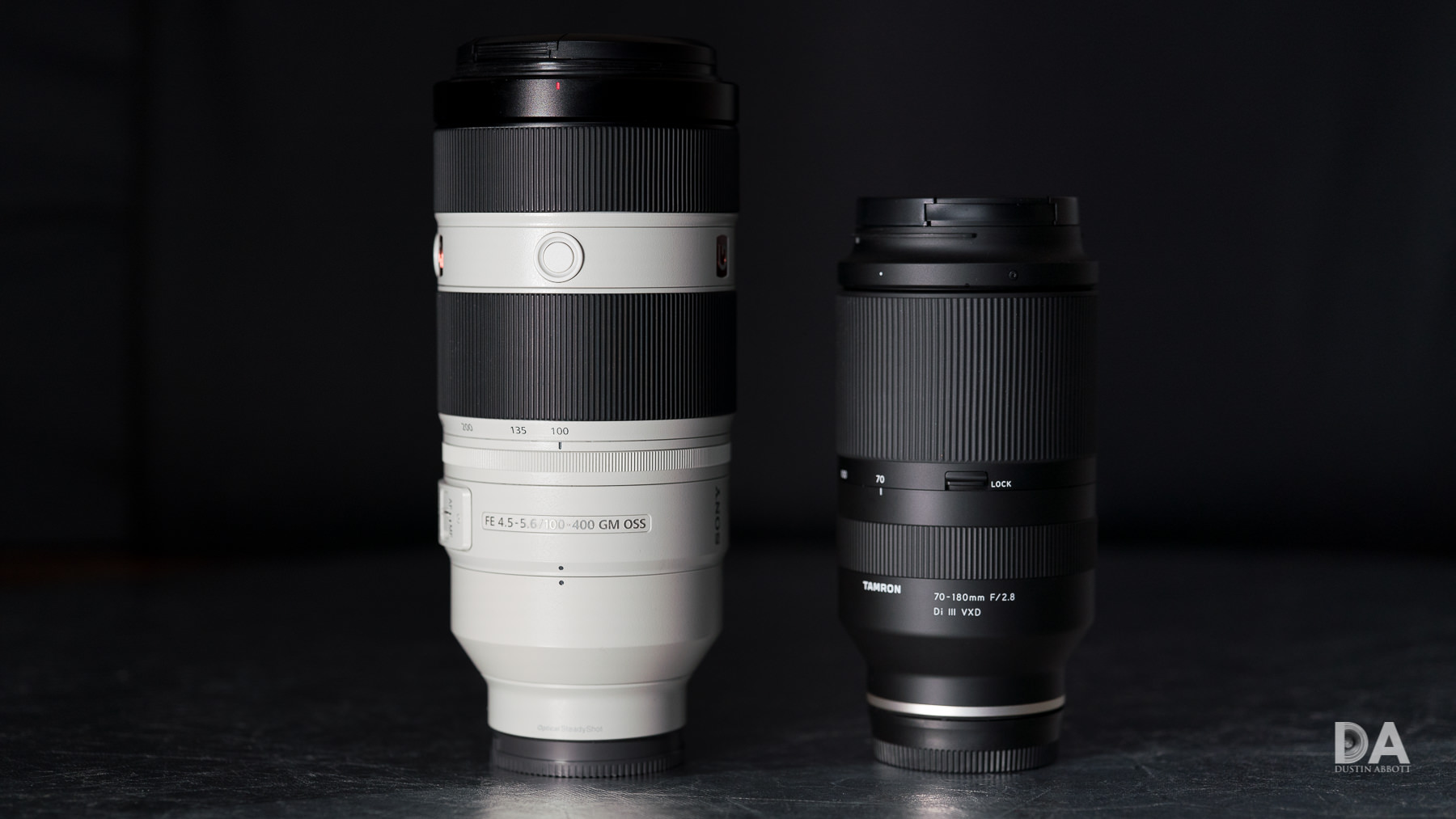



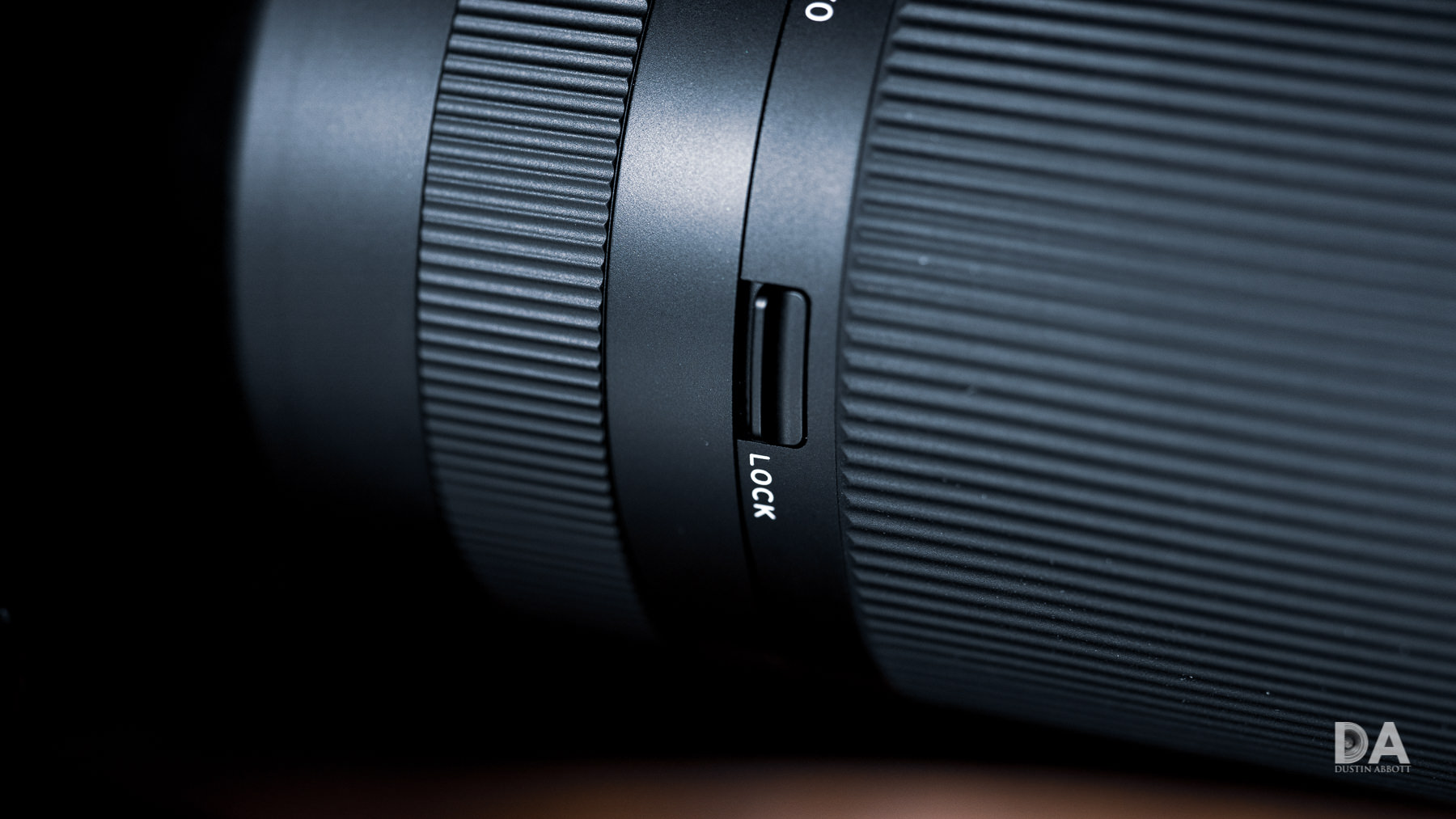
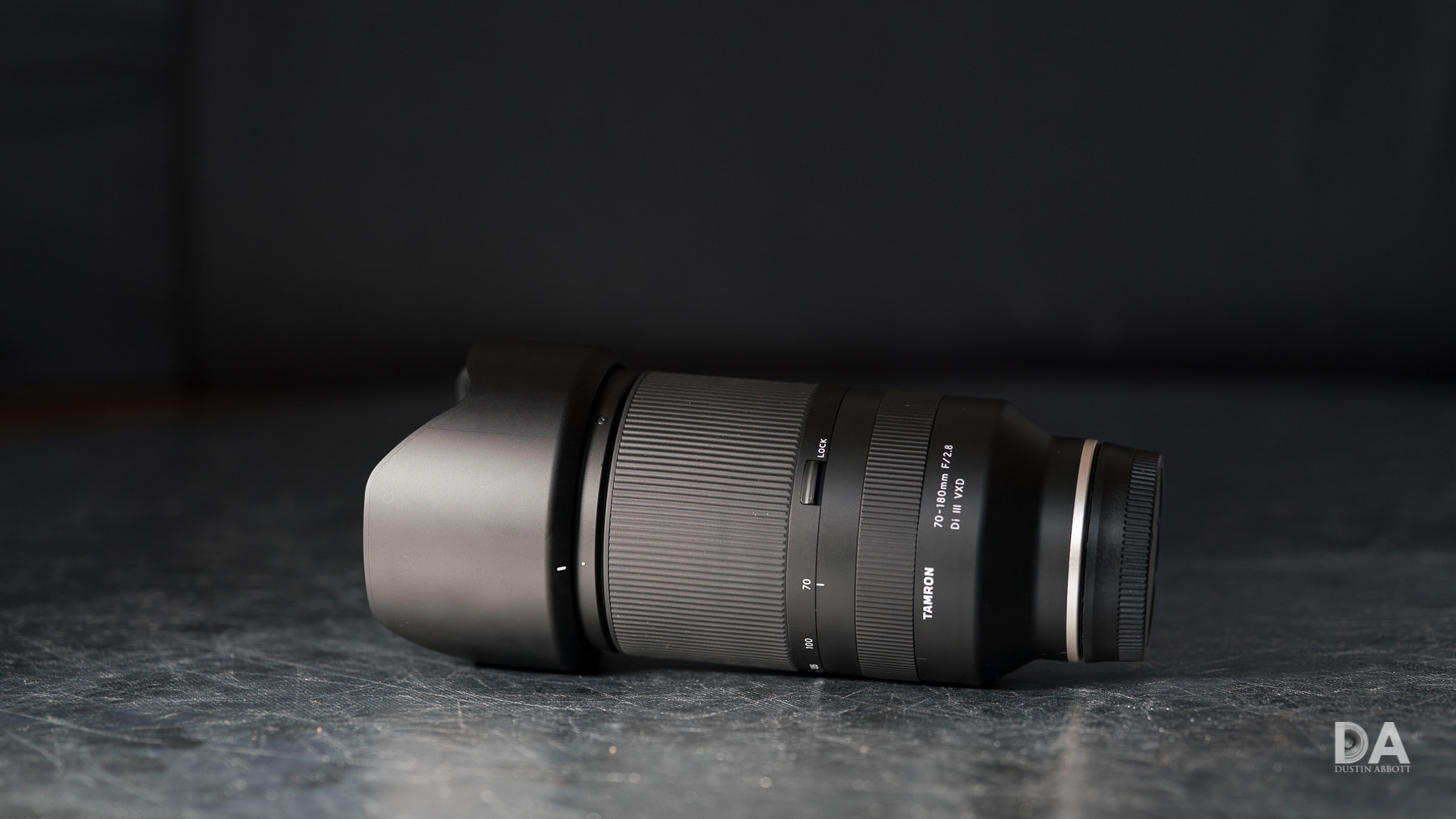










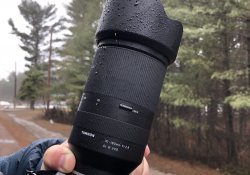
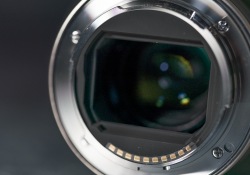


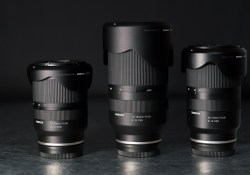

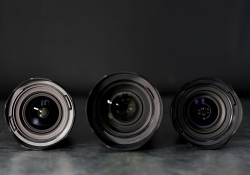
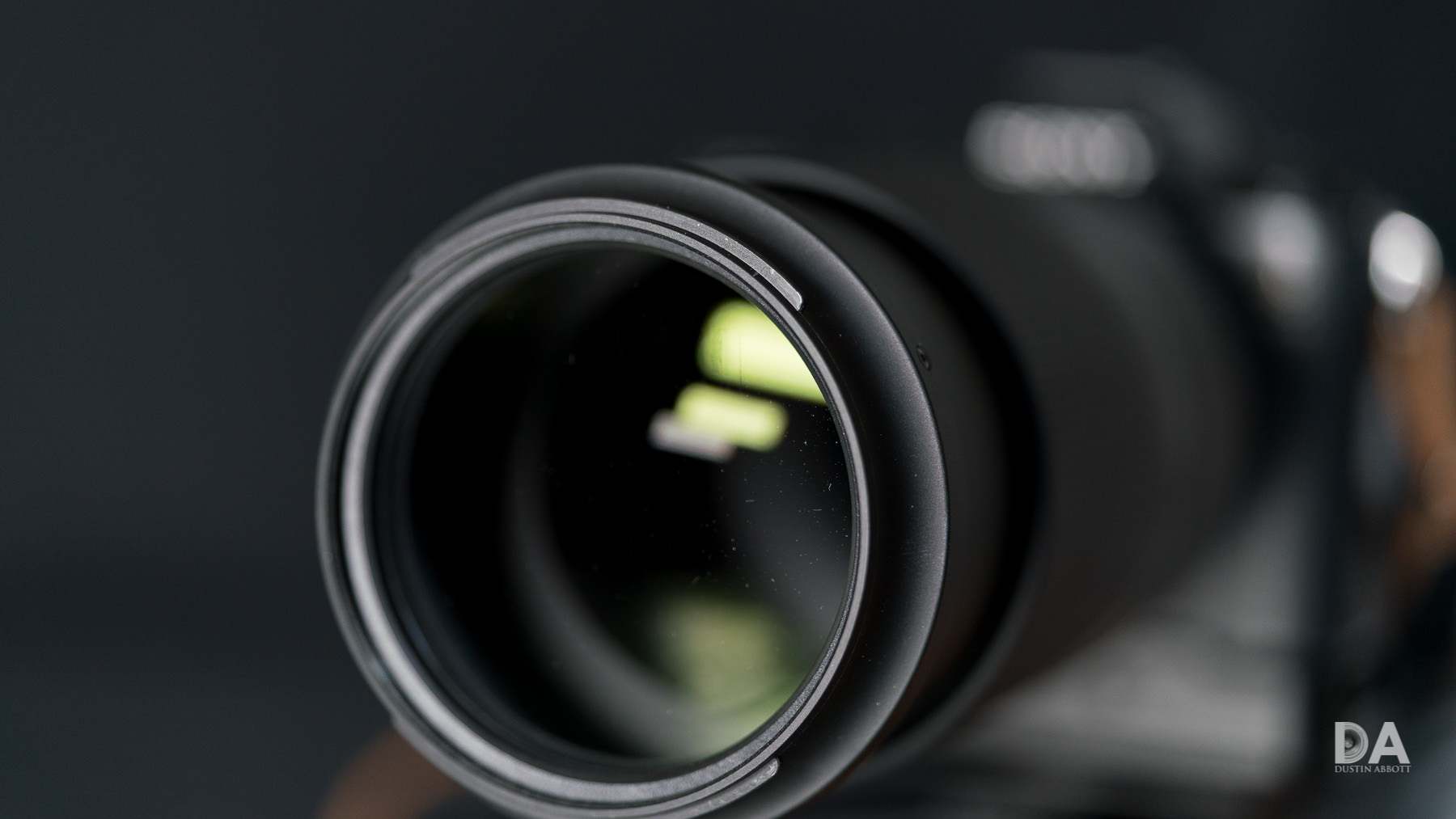
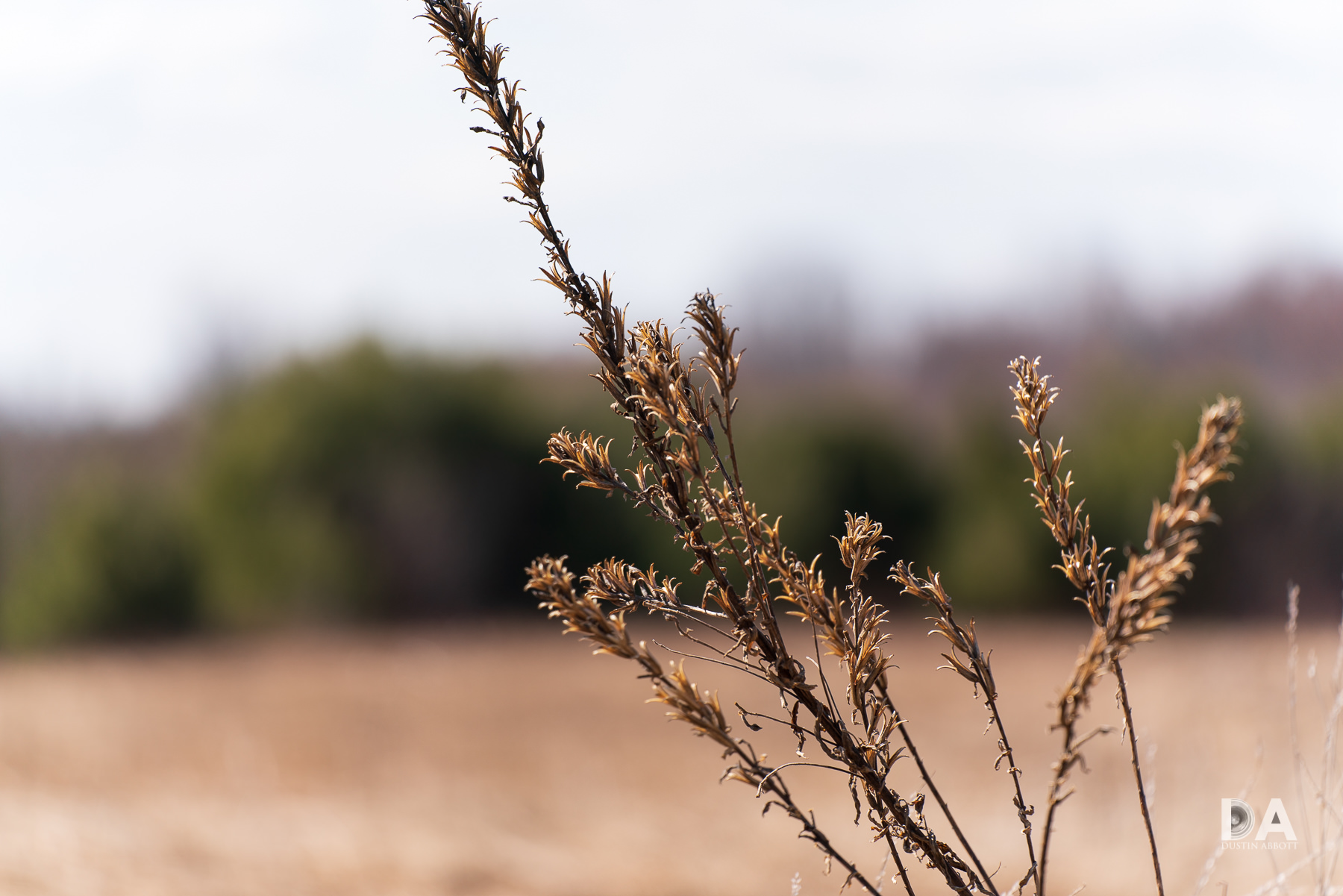
















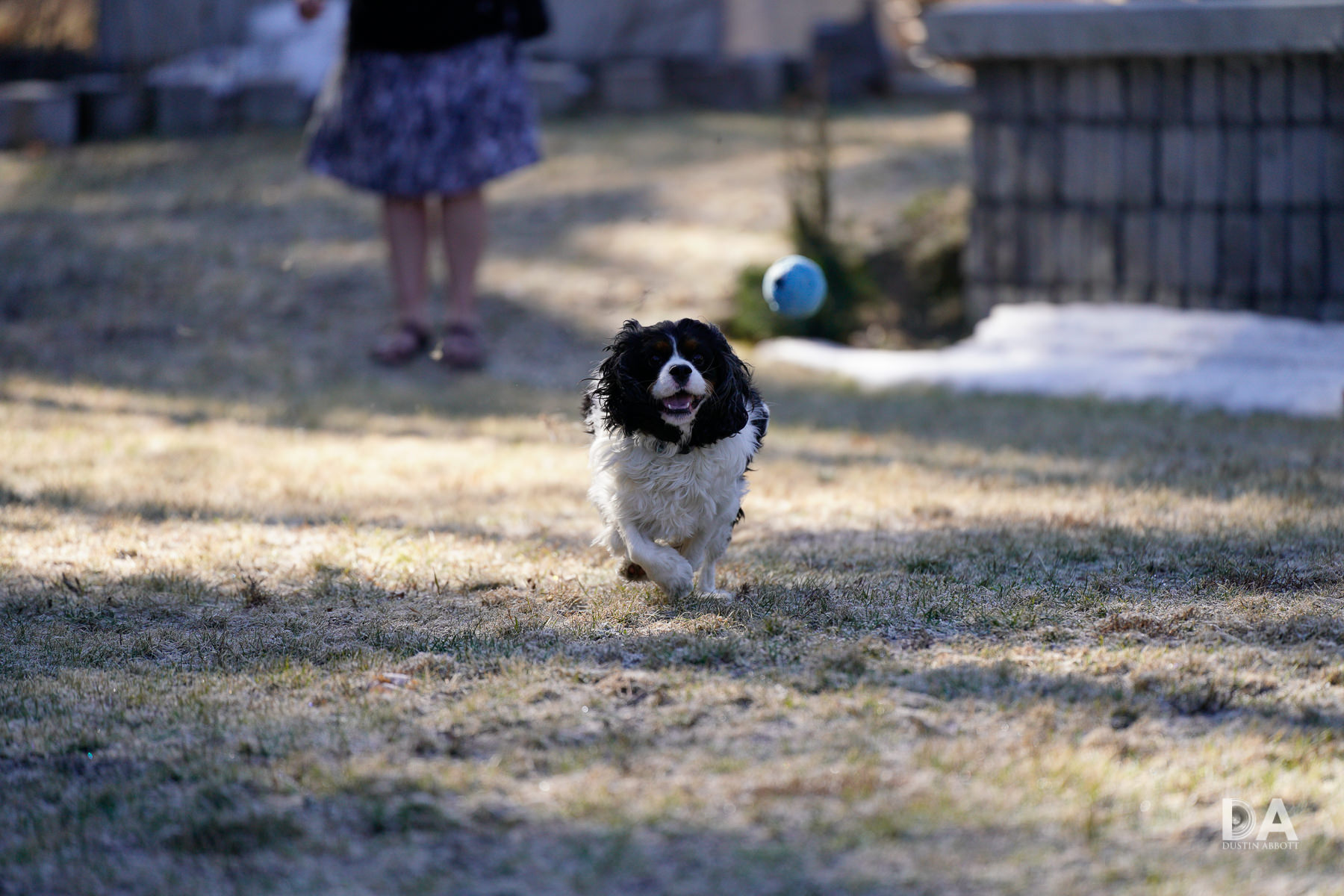



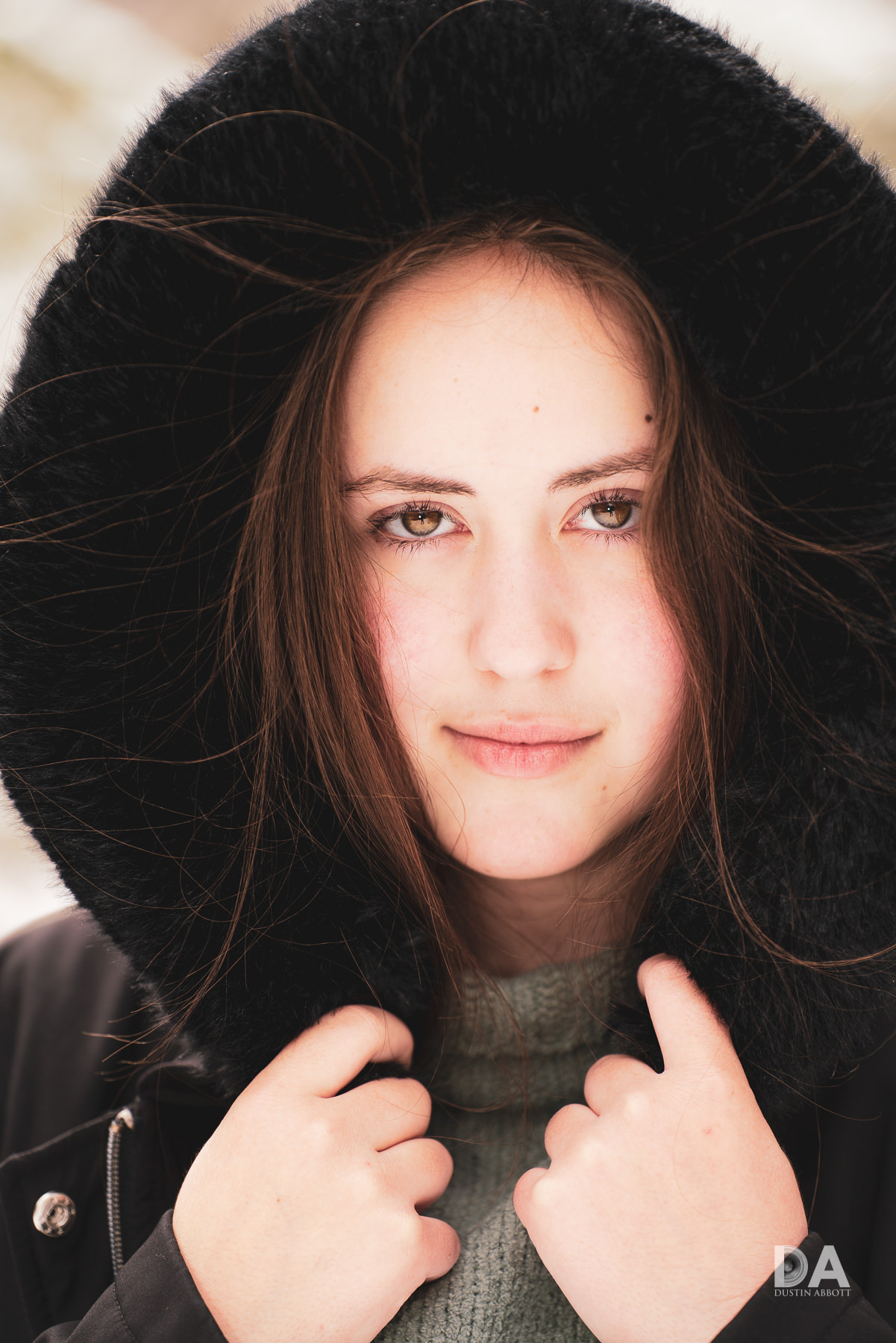
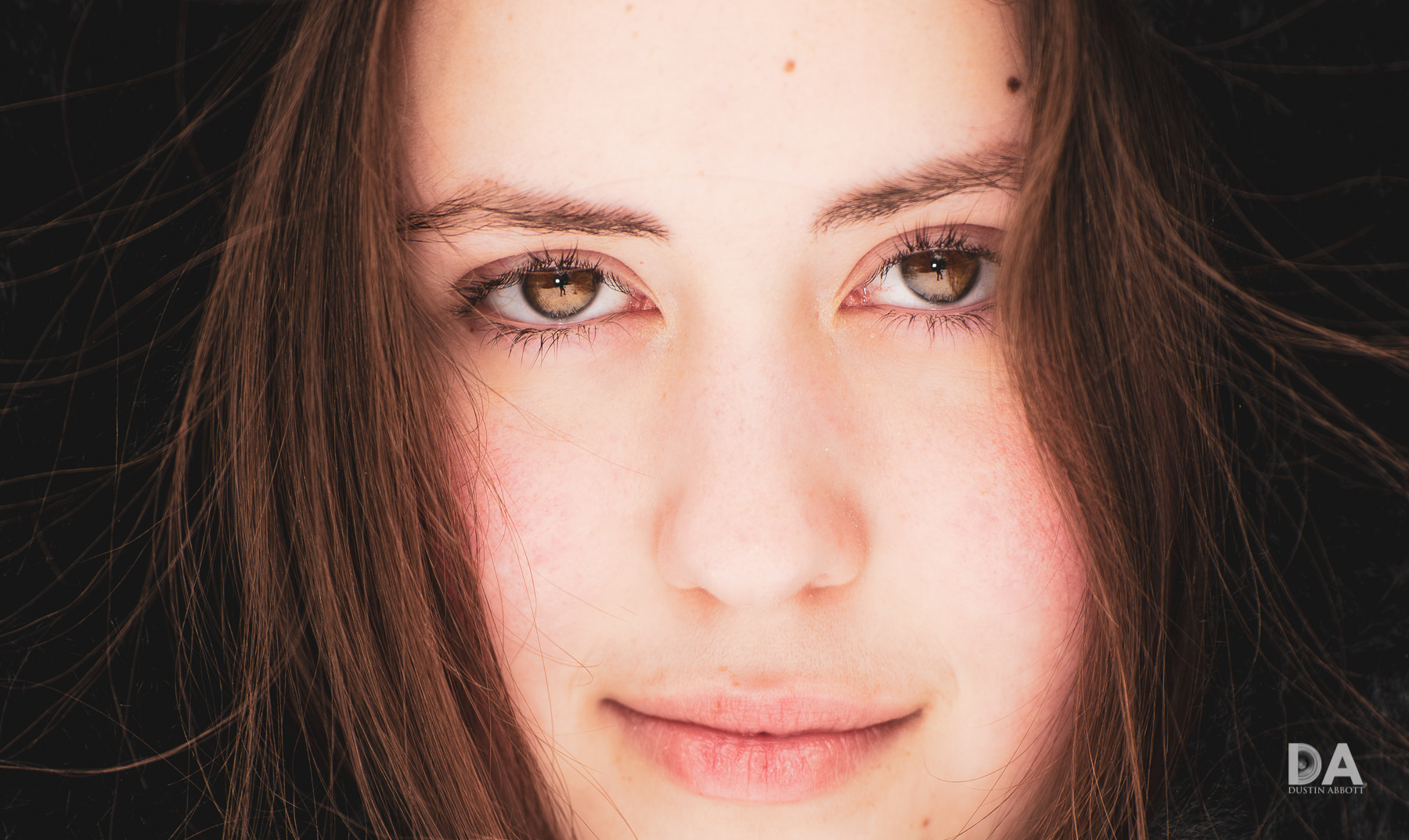
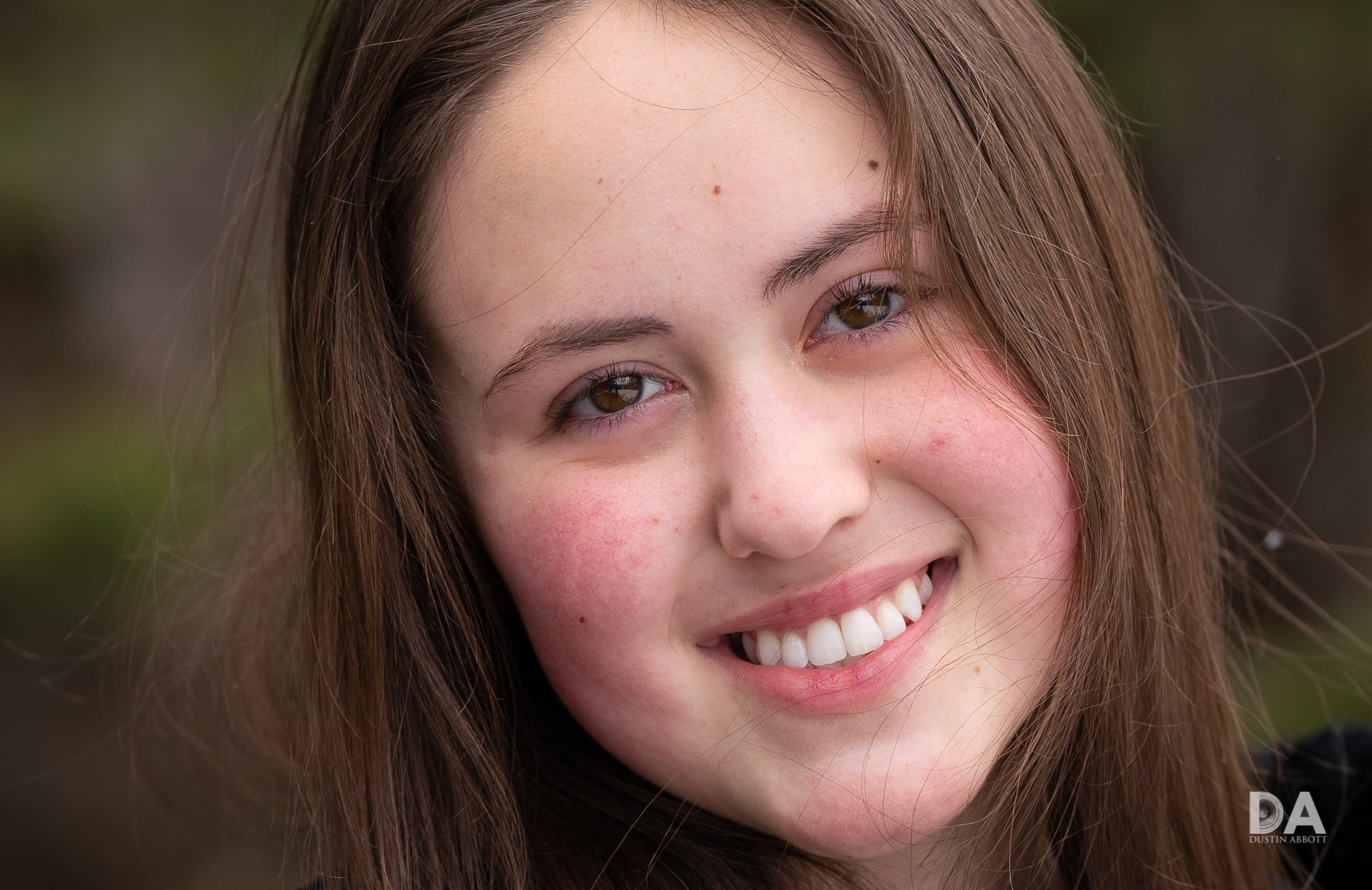





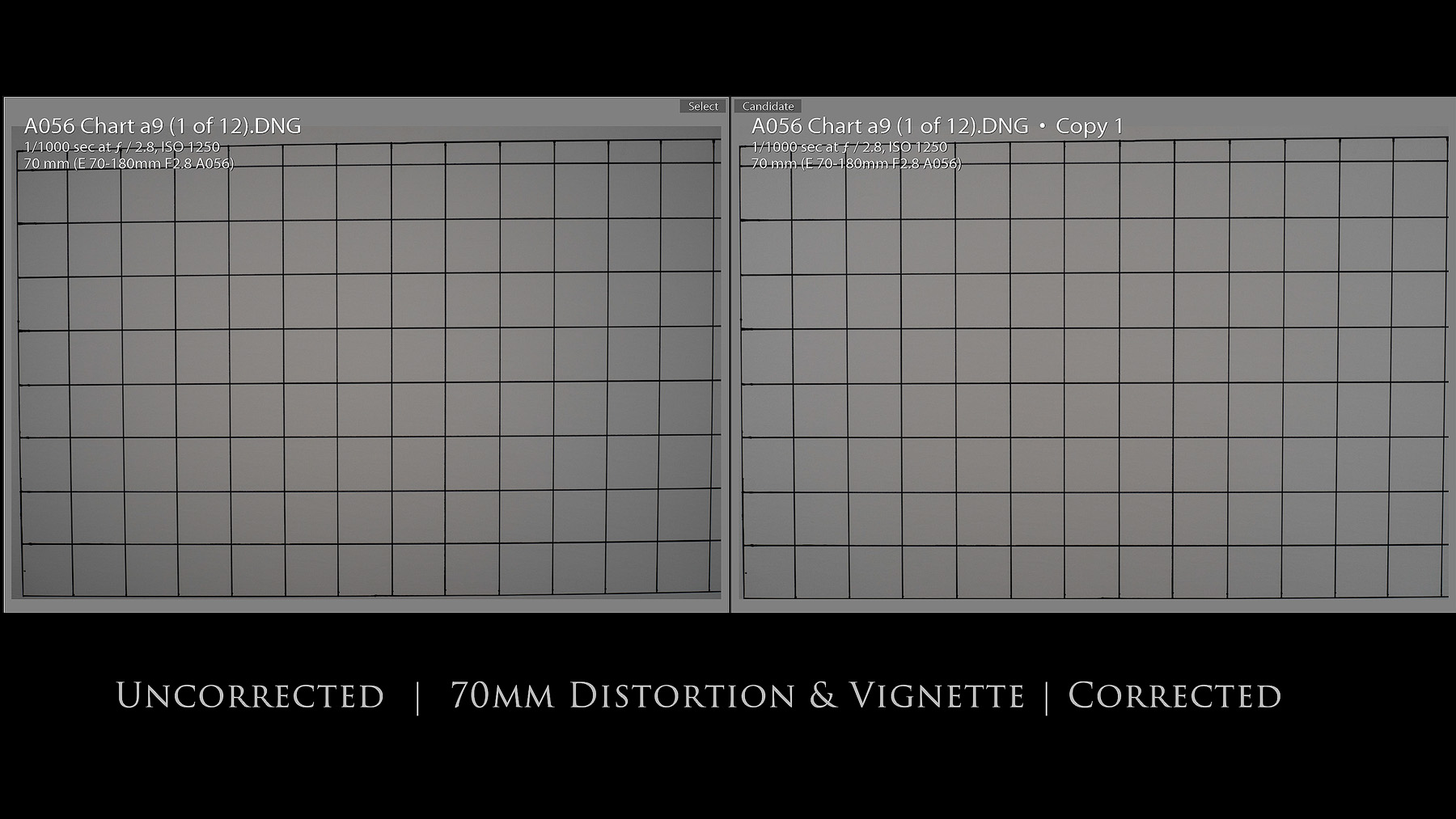

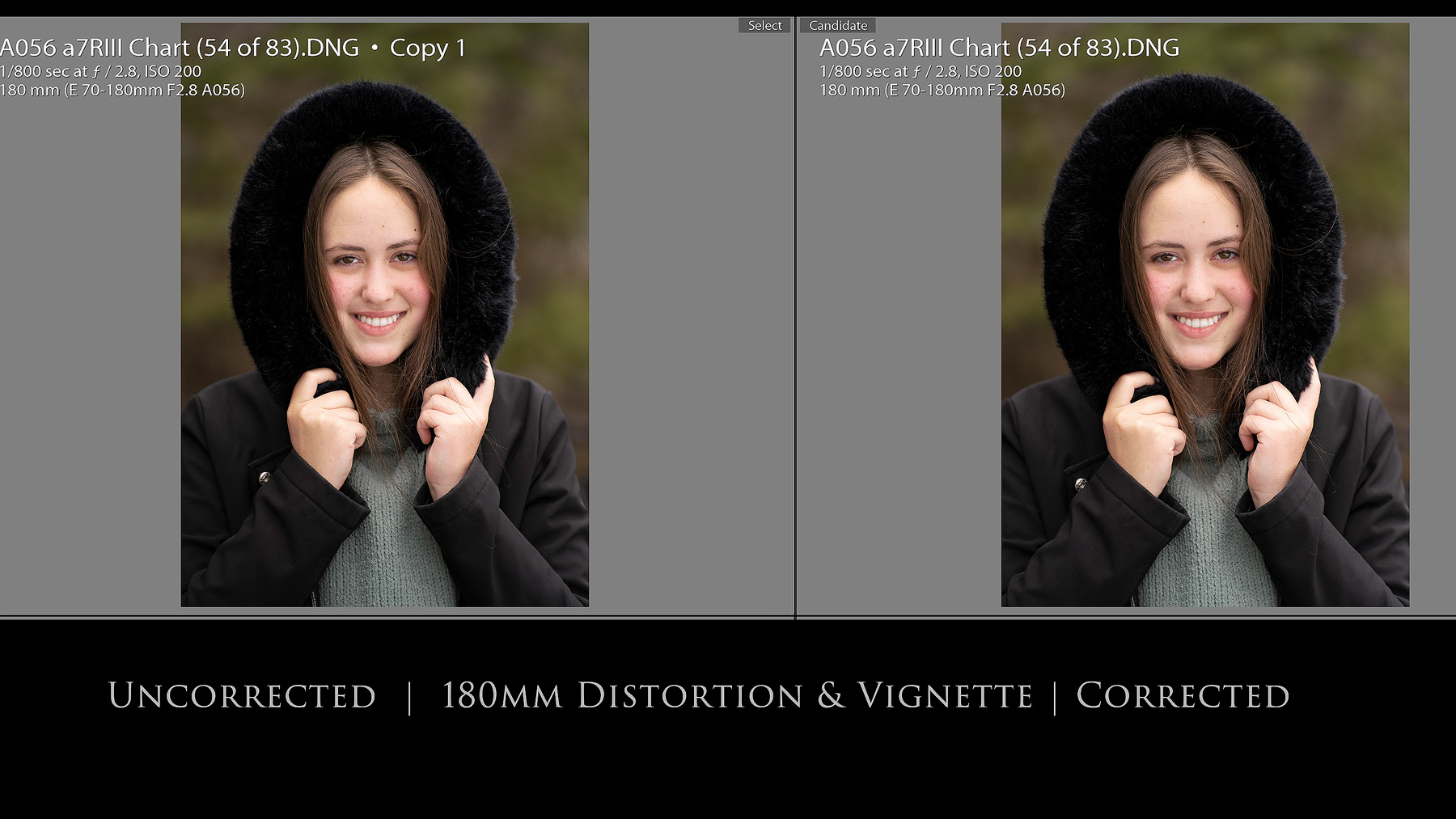
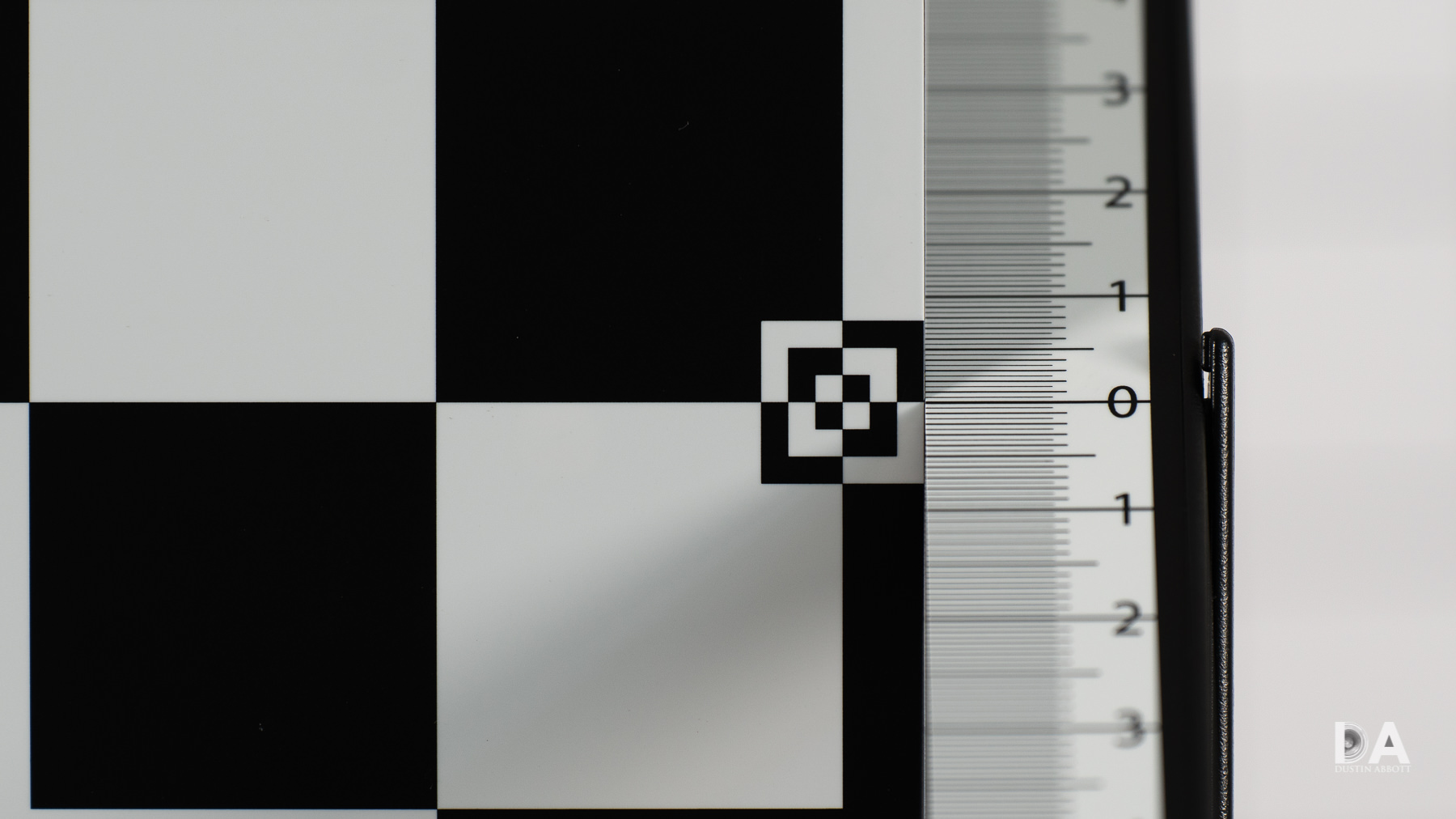




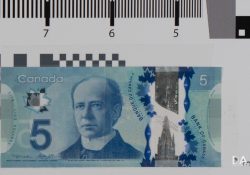

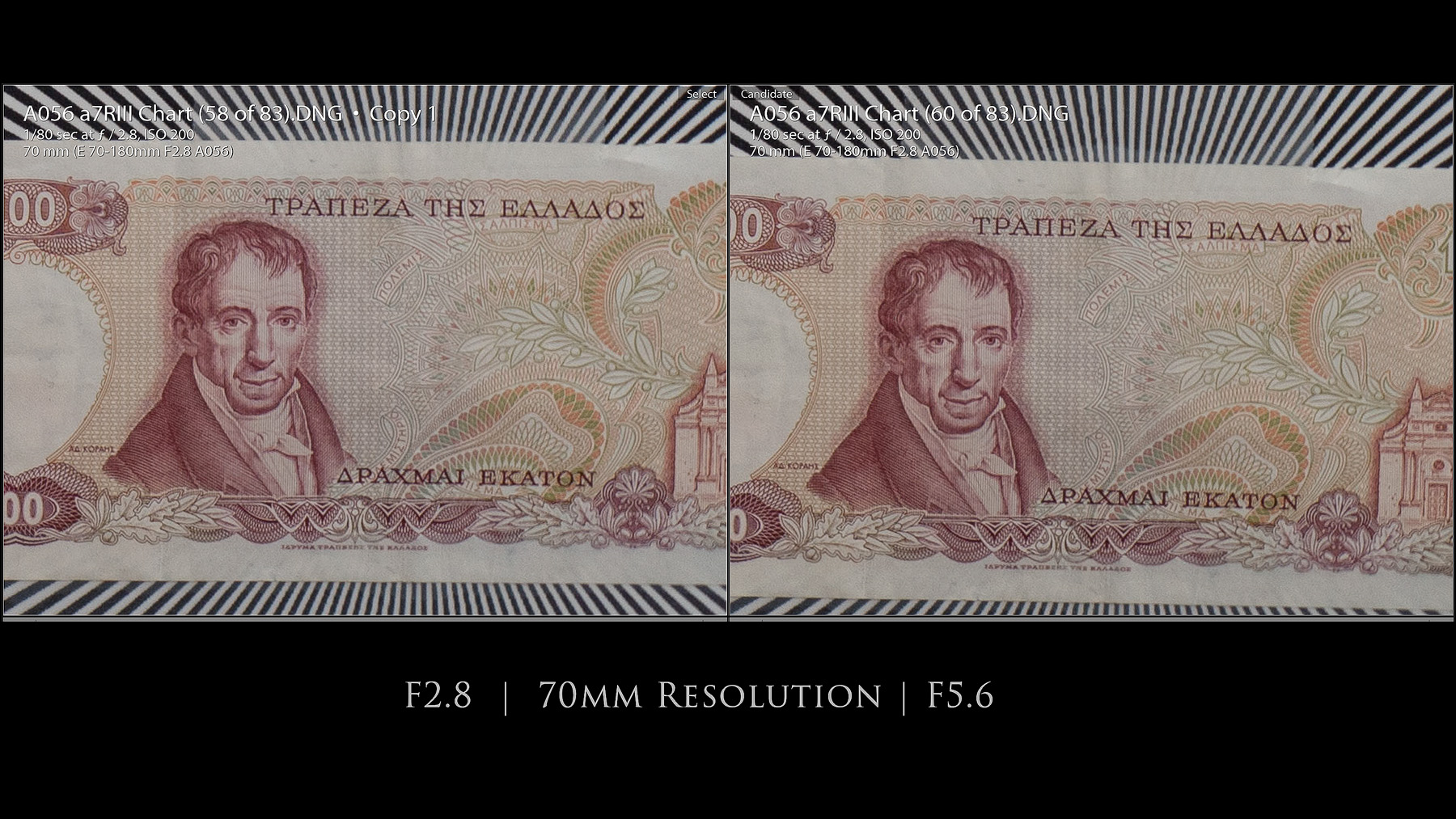
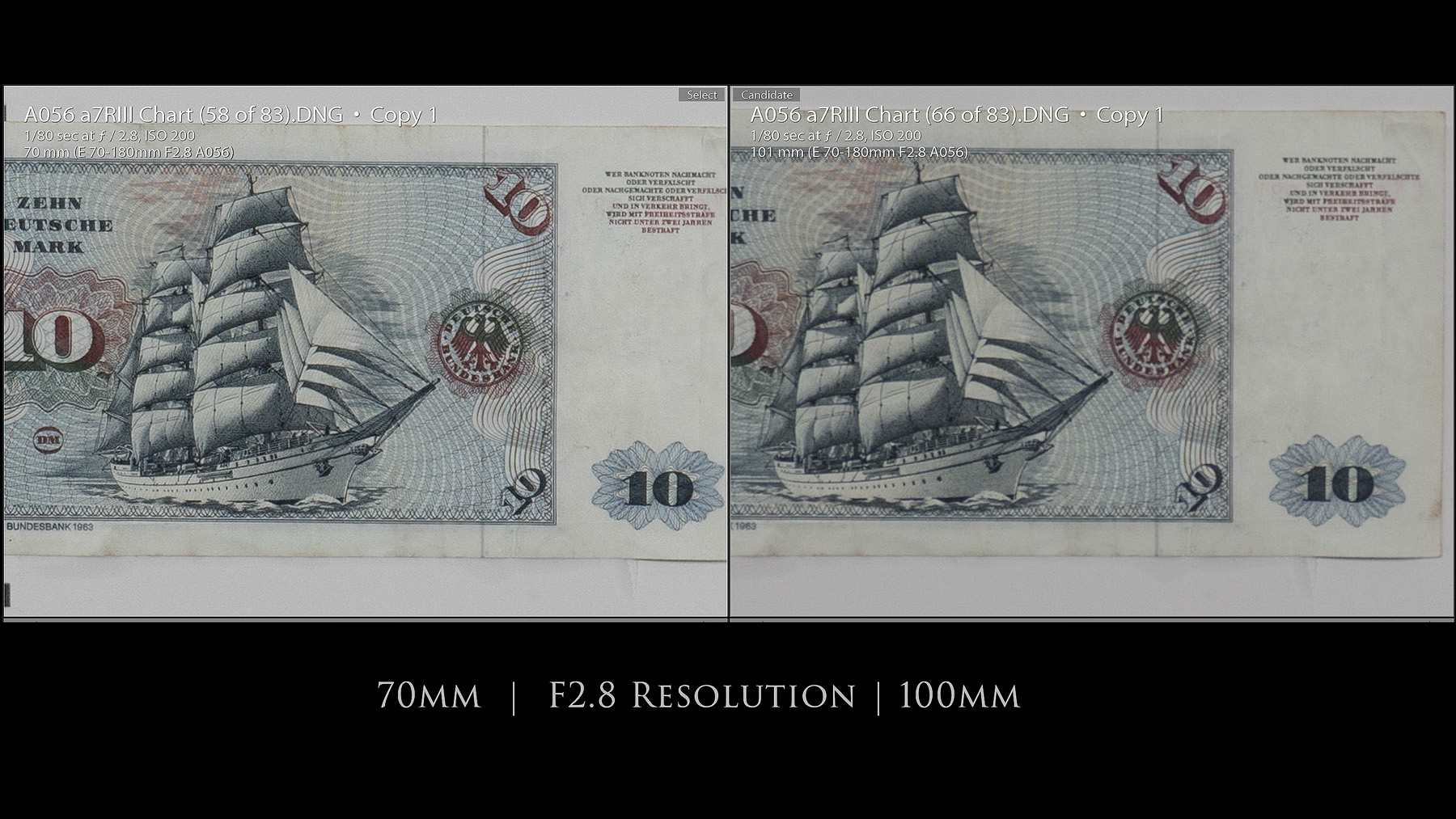
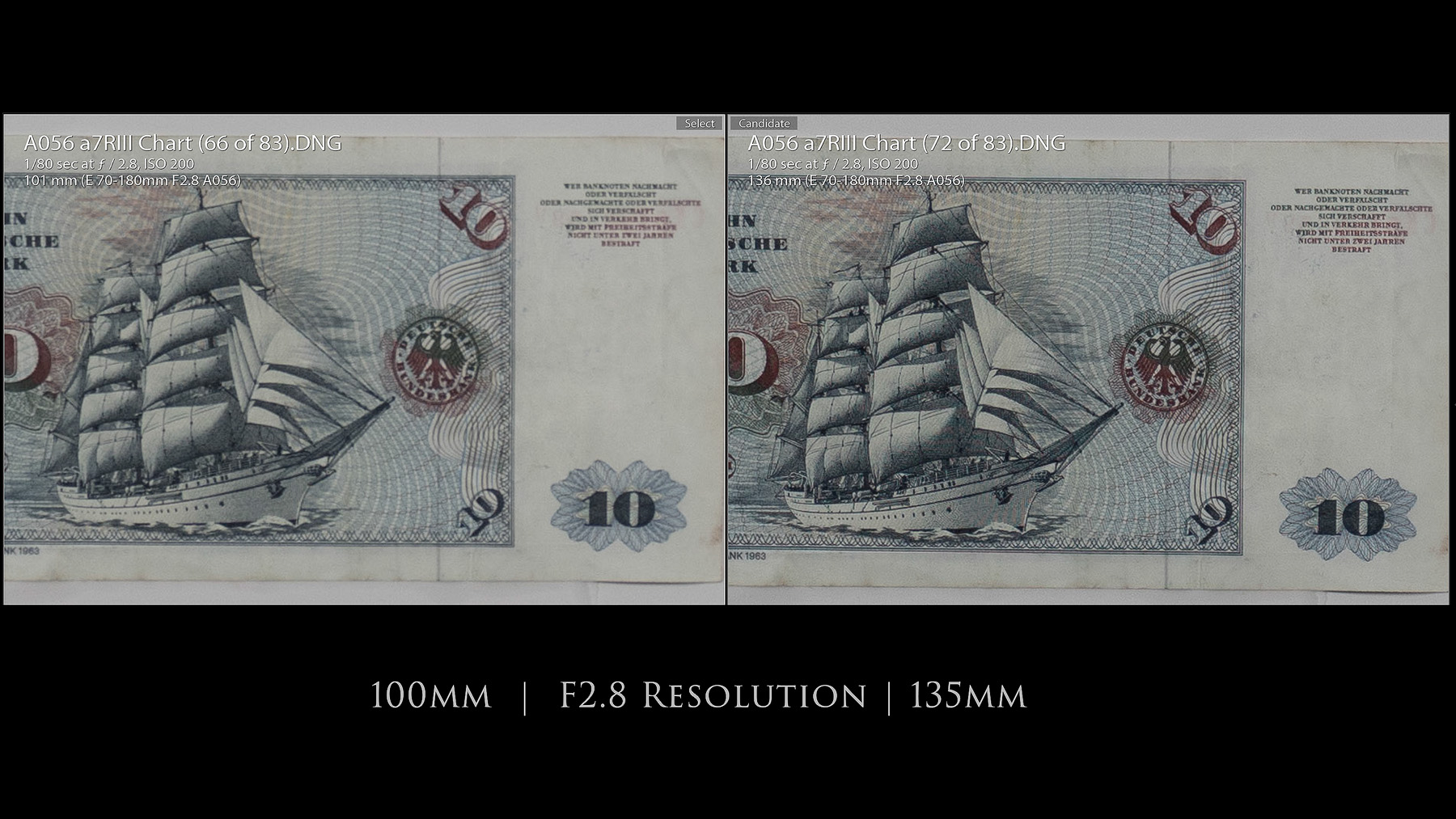

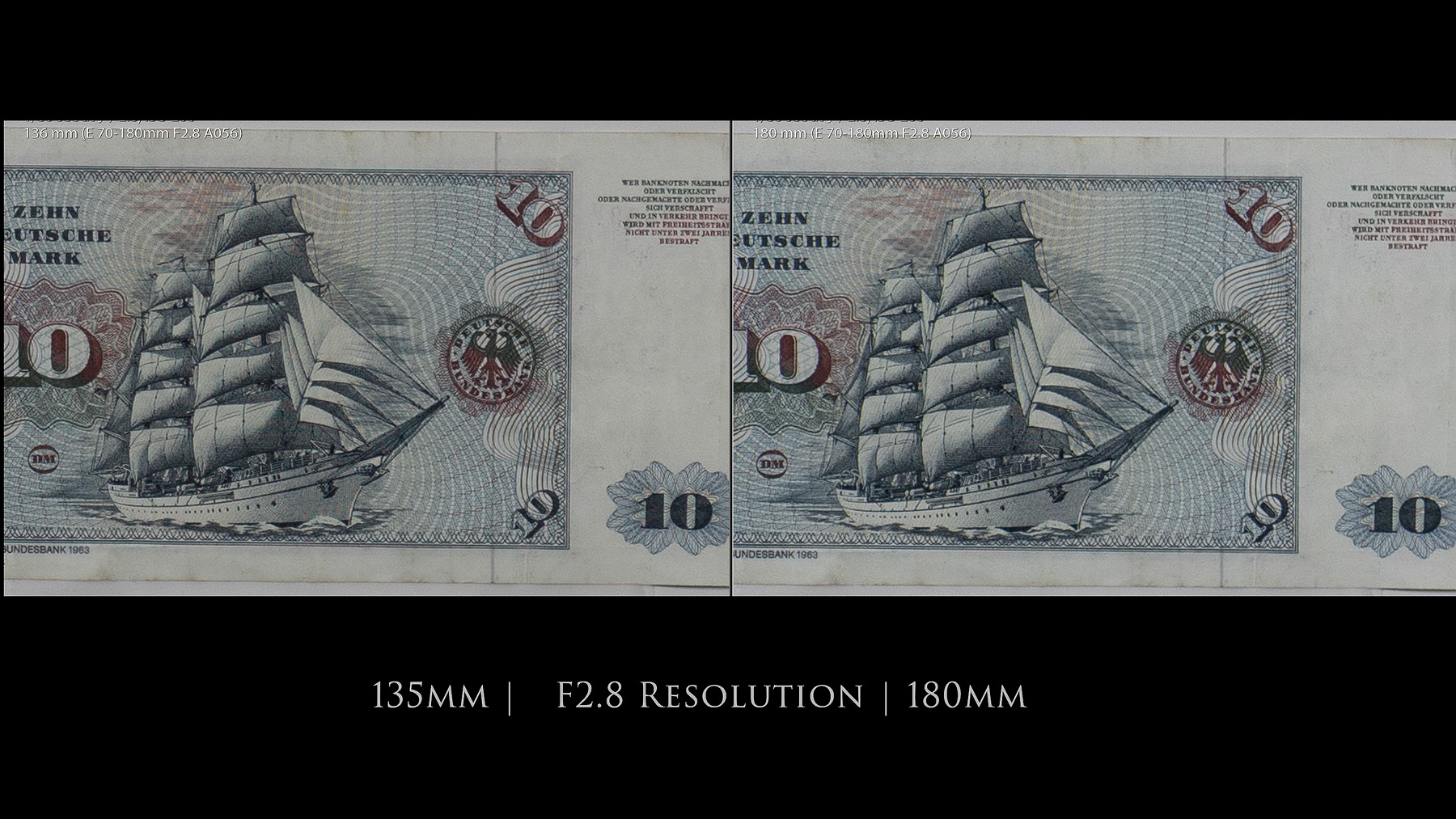



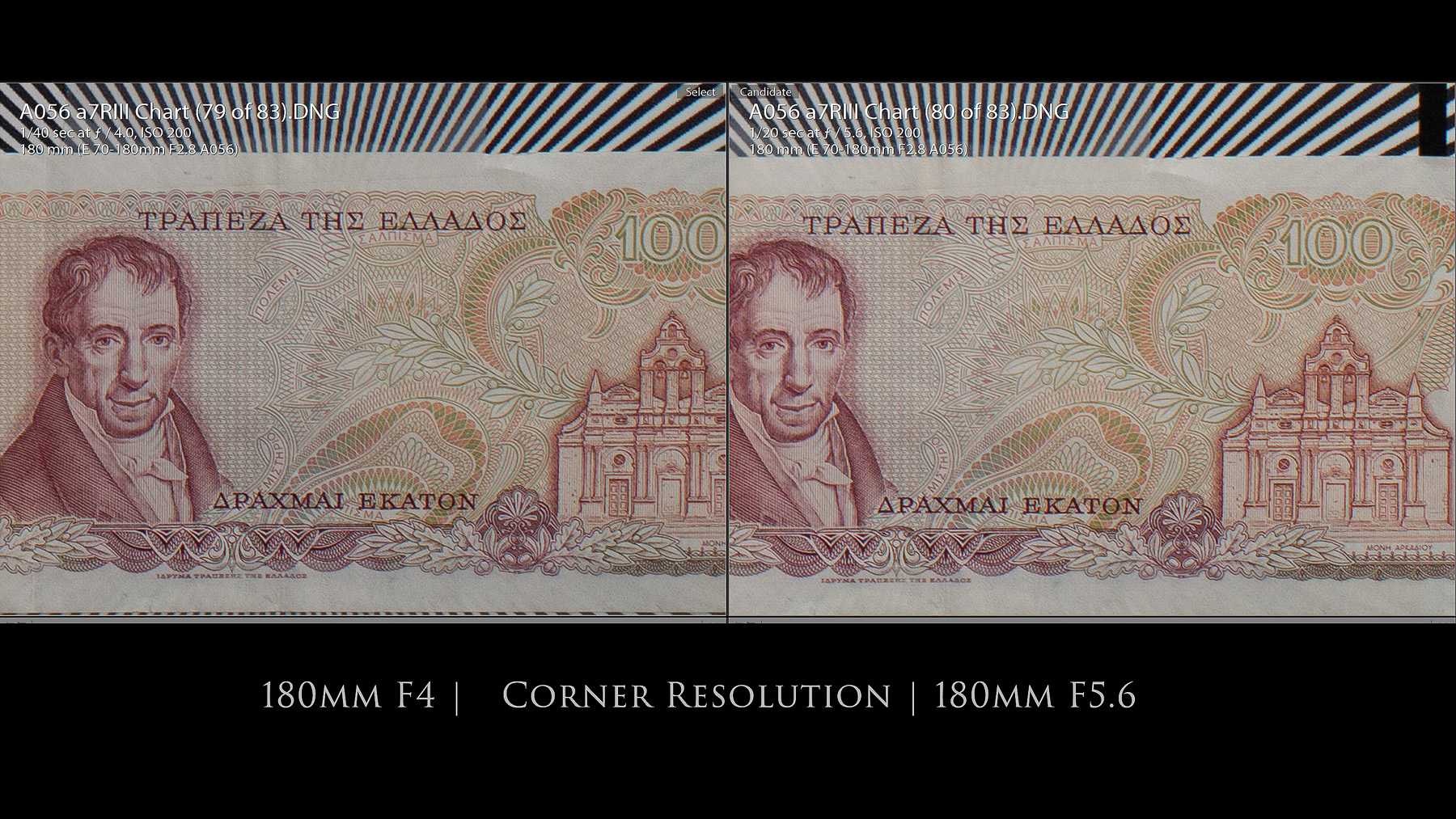






















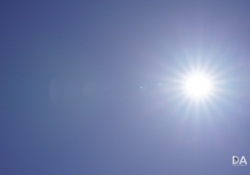







 Fujifilm X100VI (6) Camera Review
Fujifilm X100VI (6) Camera Review  Canon RF-S 18-45mm F4.5-6.3 IS STM Review
Canon RF-S 18-45mm F4.5-6.3 IS STM Review  Canon RF-S 18-45mm F4.5-6.3 IS Gallery
Canon RF-S 18-45mm F4.5-6.3 IS Gallery  Canon EOS R50 Review
Canon EOS R50 Review 